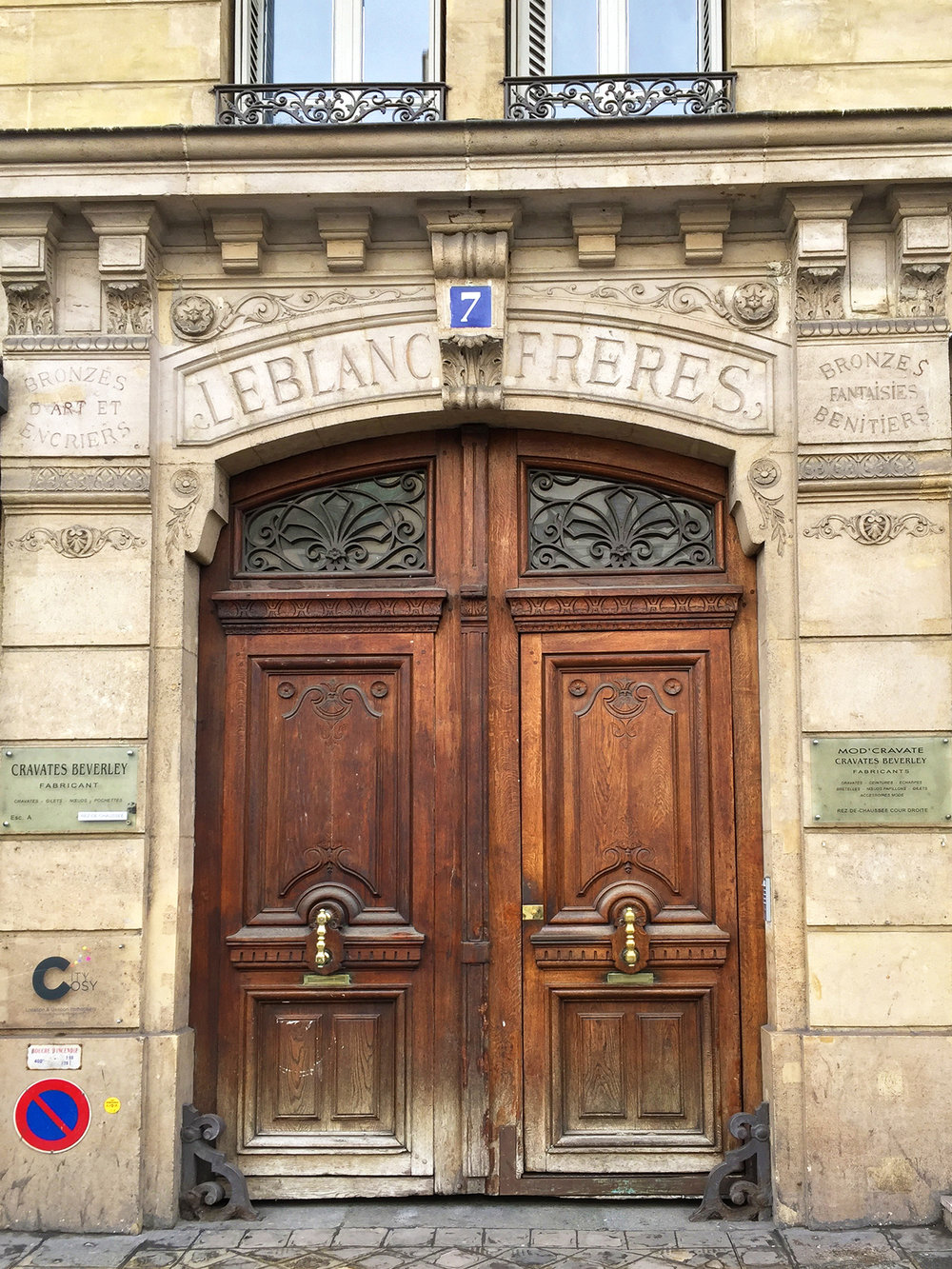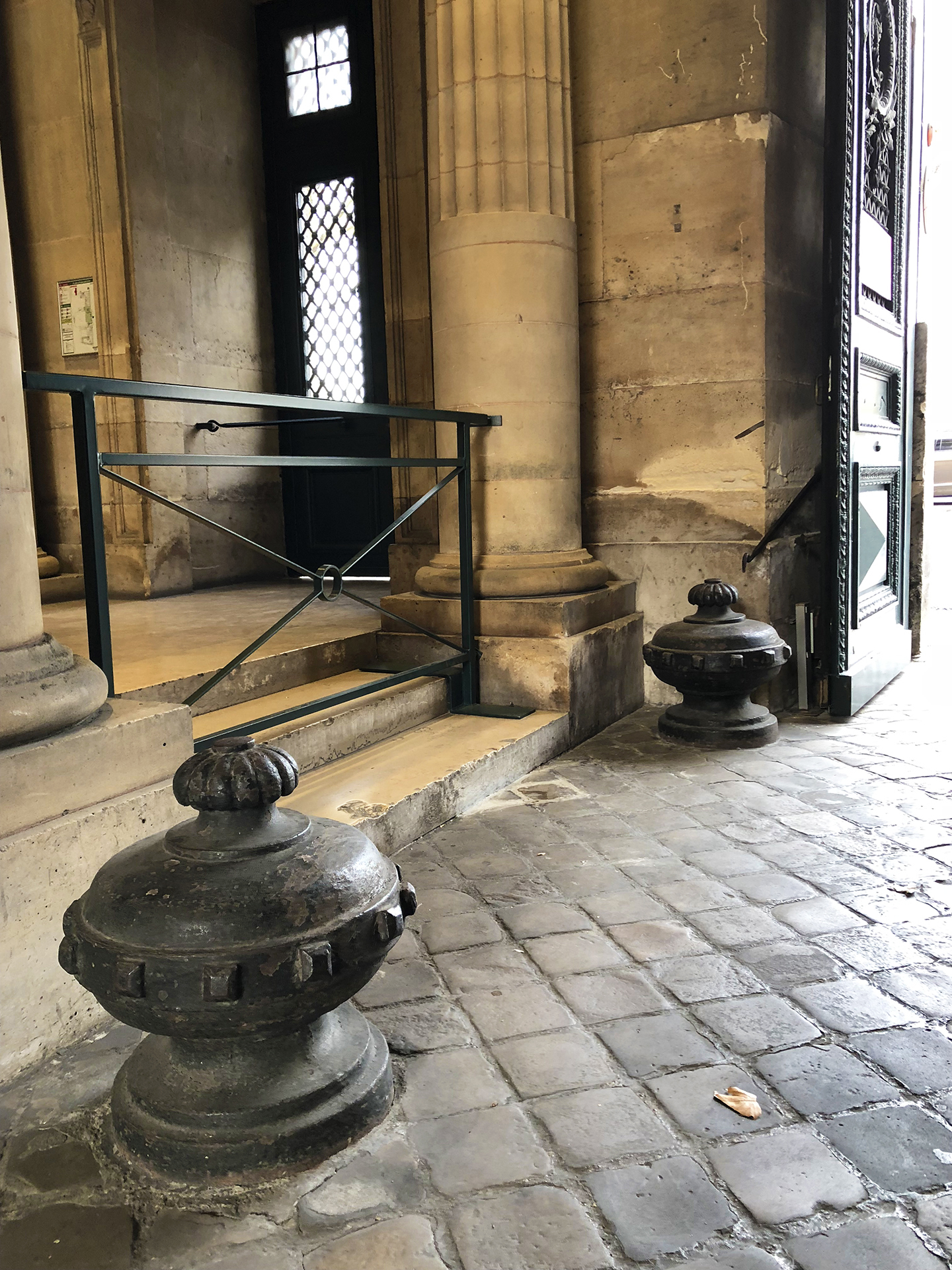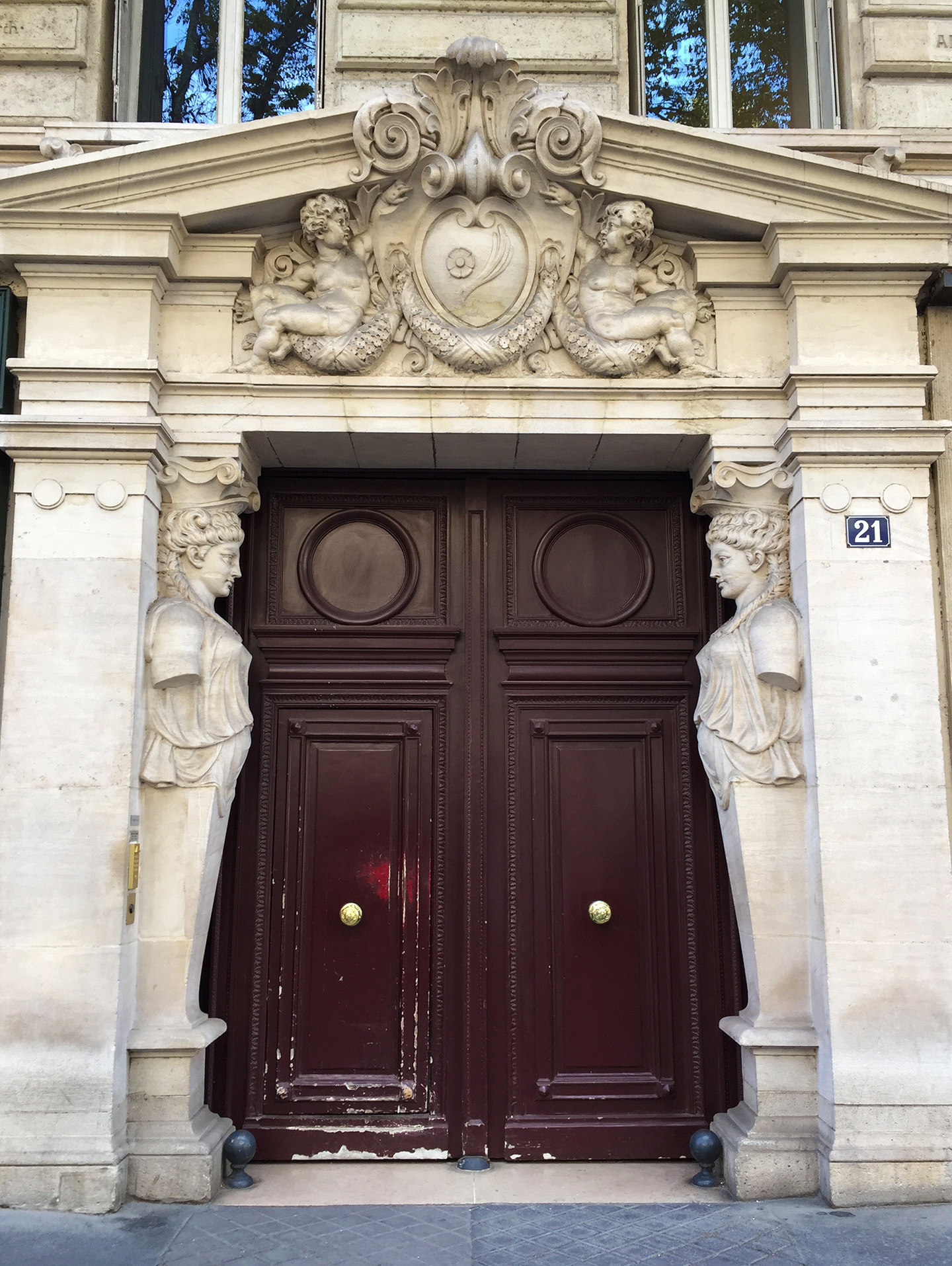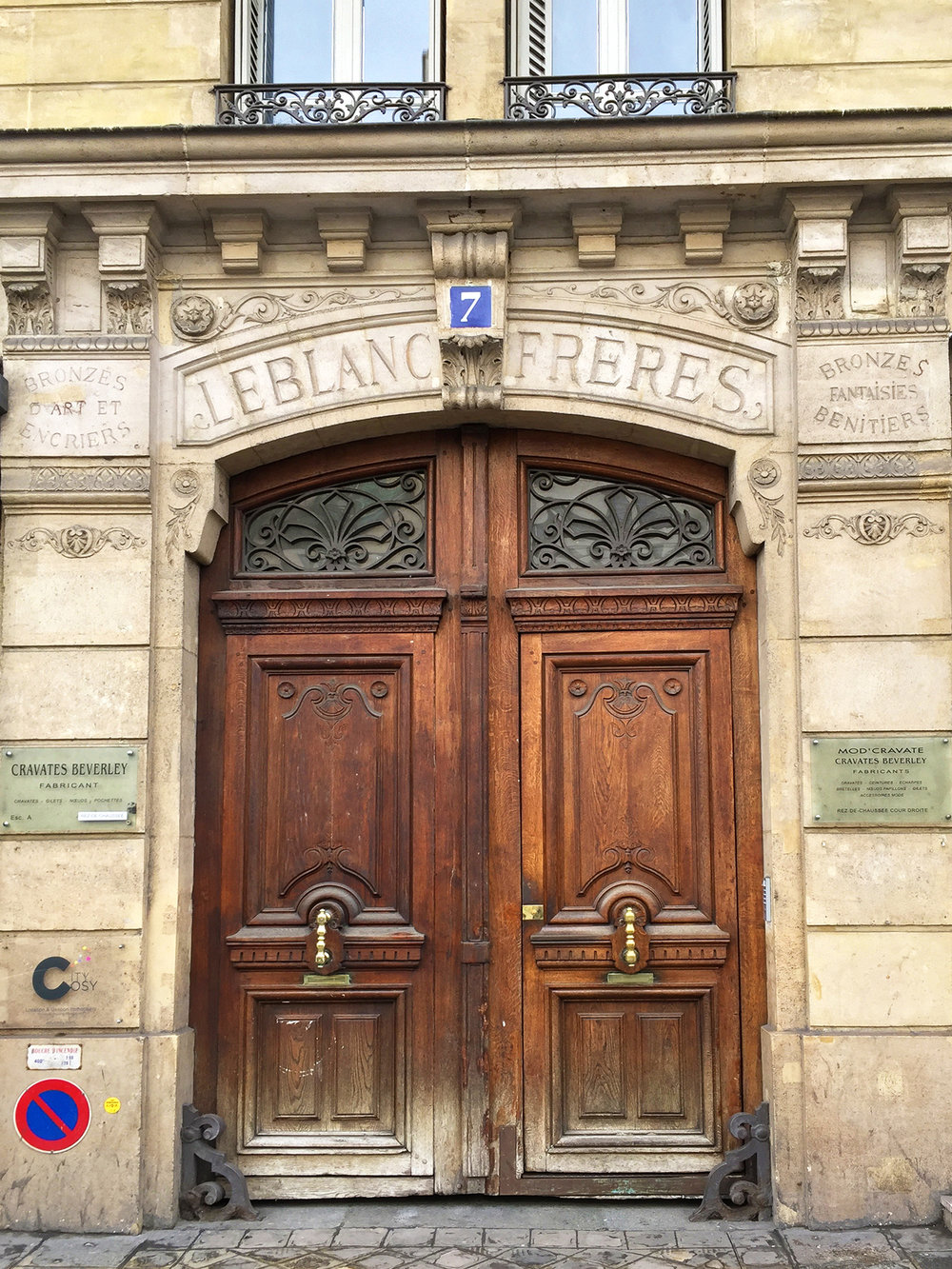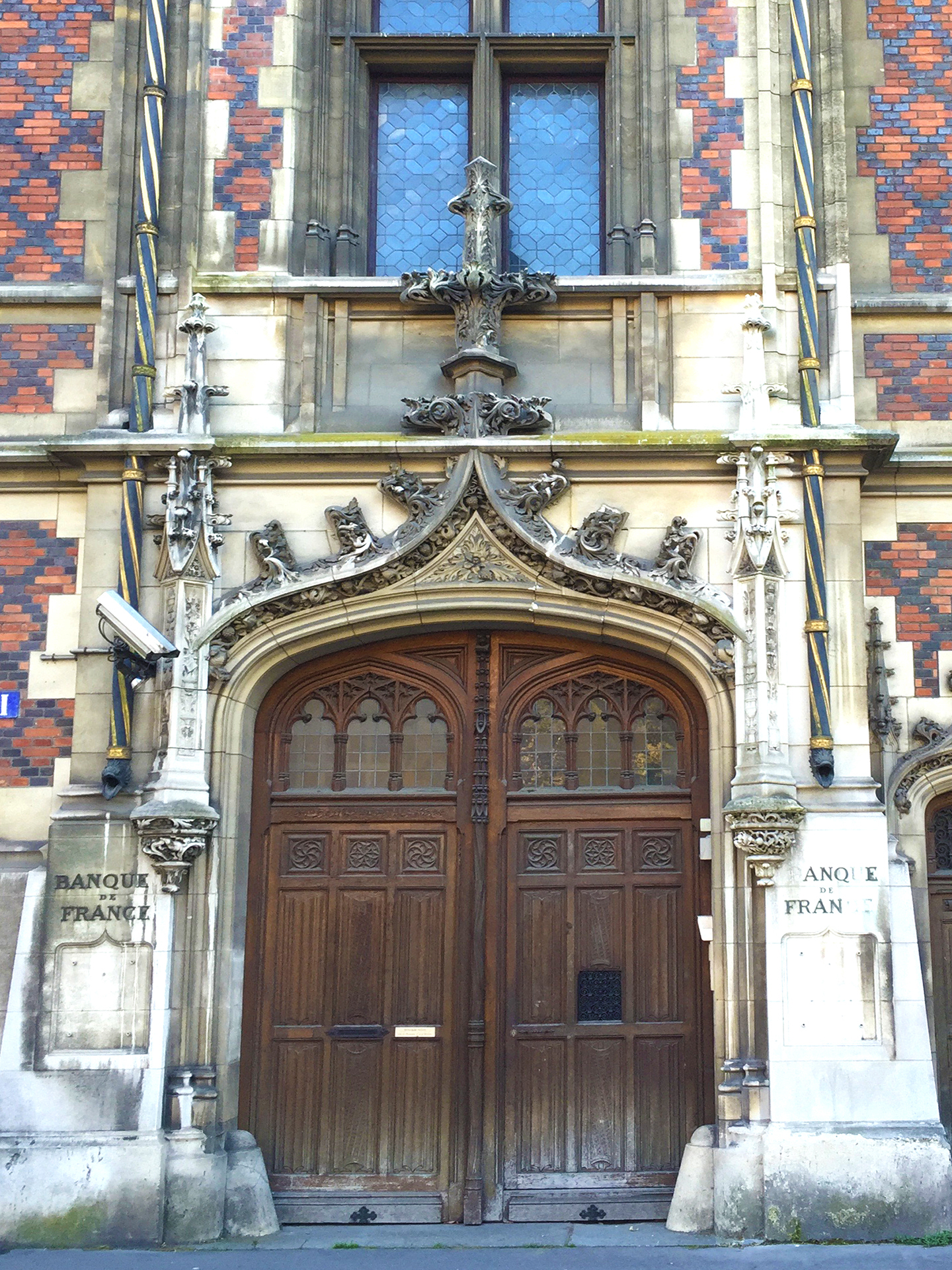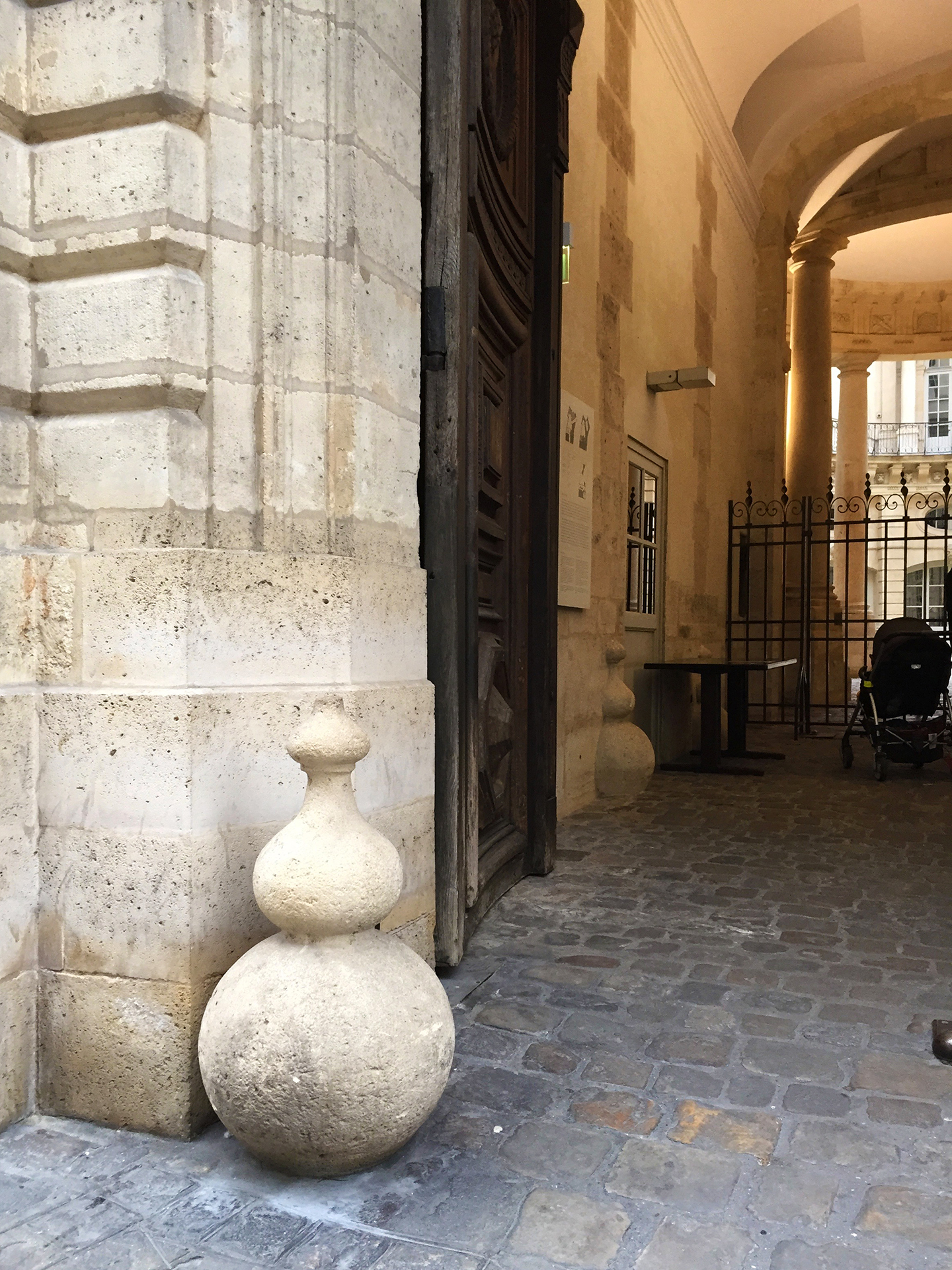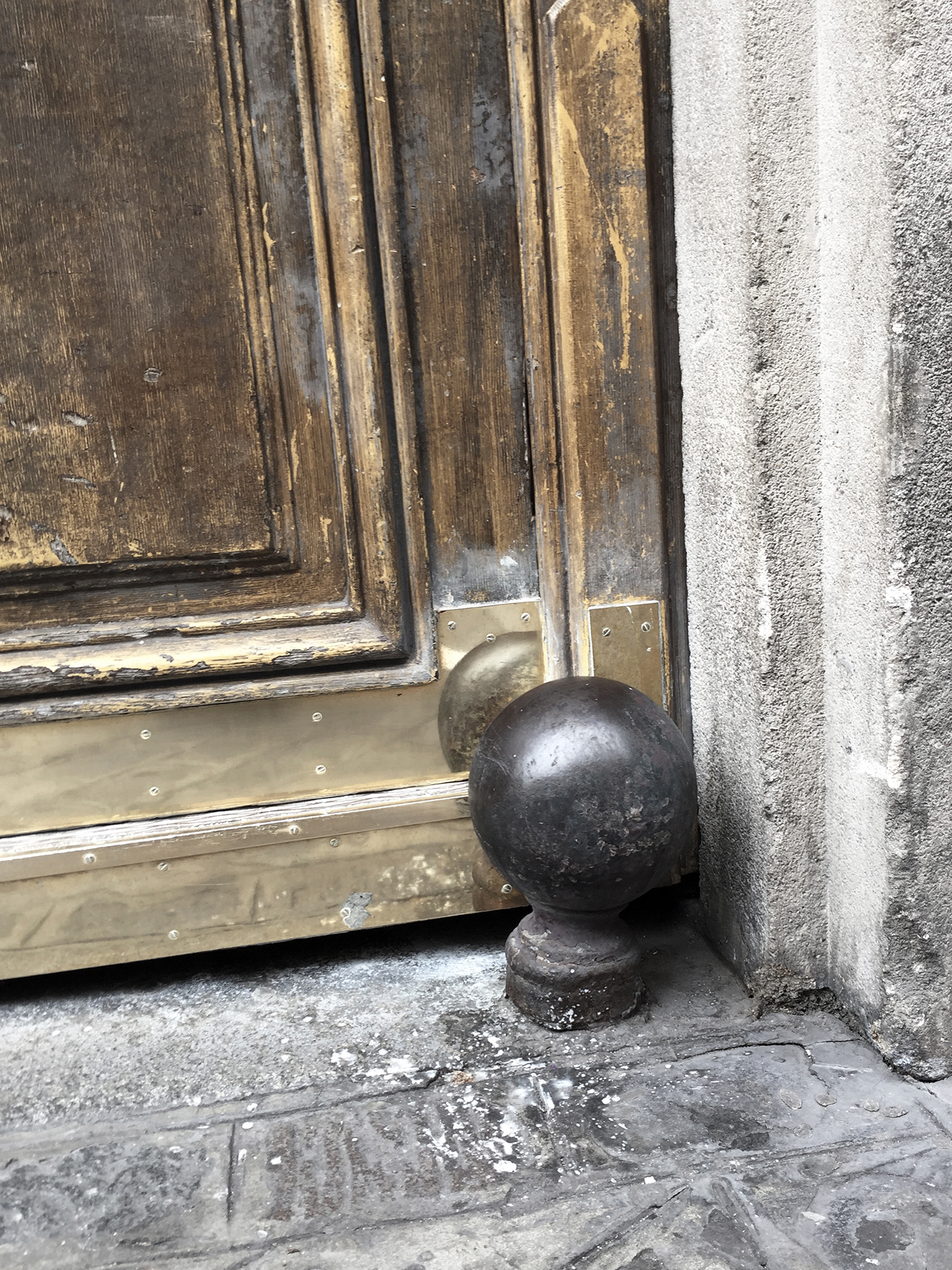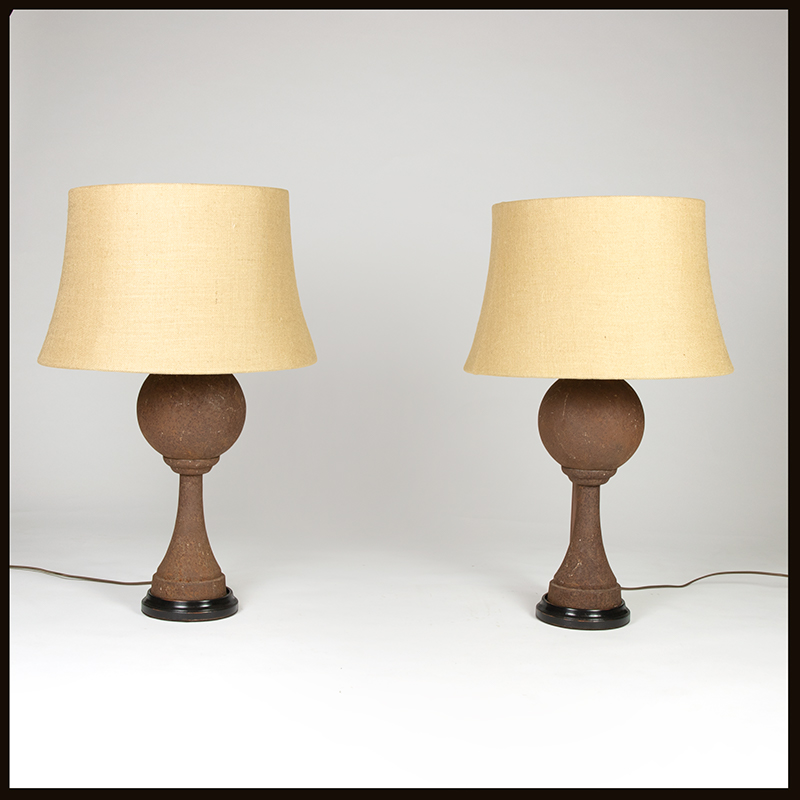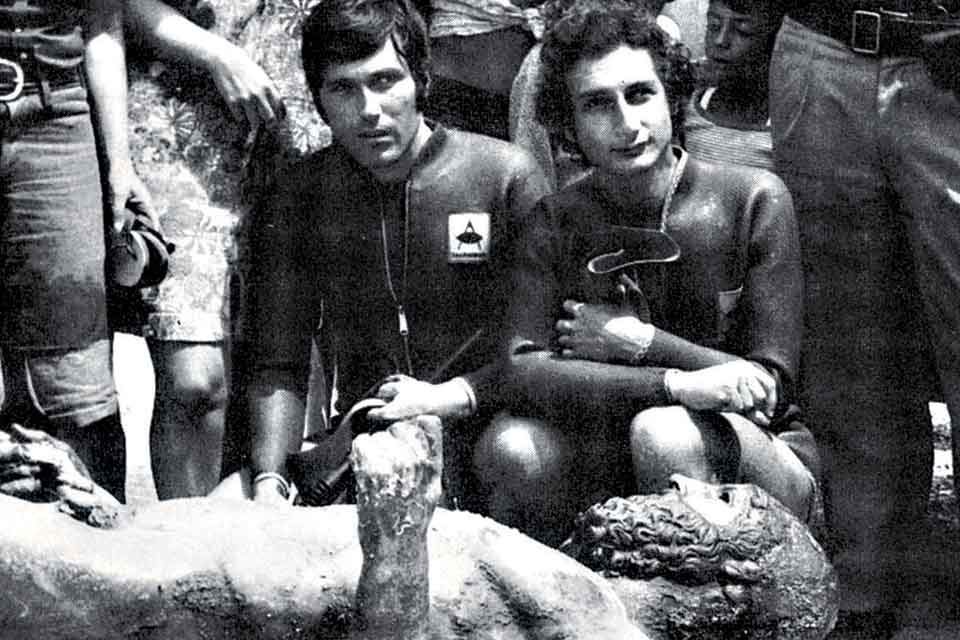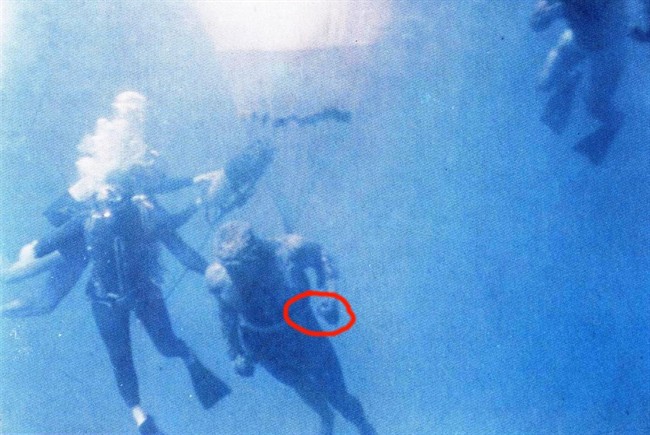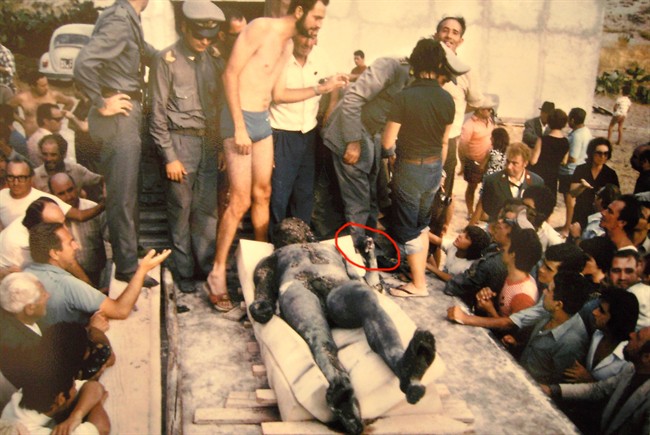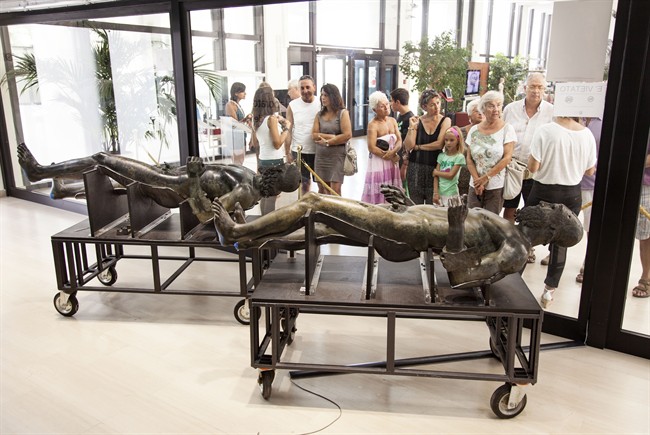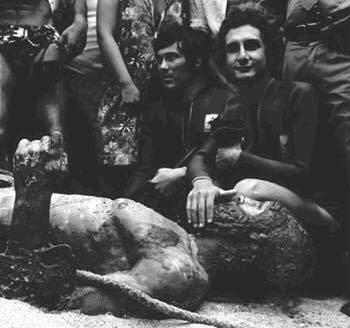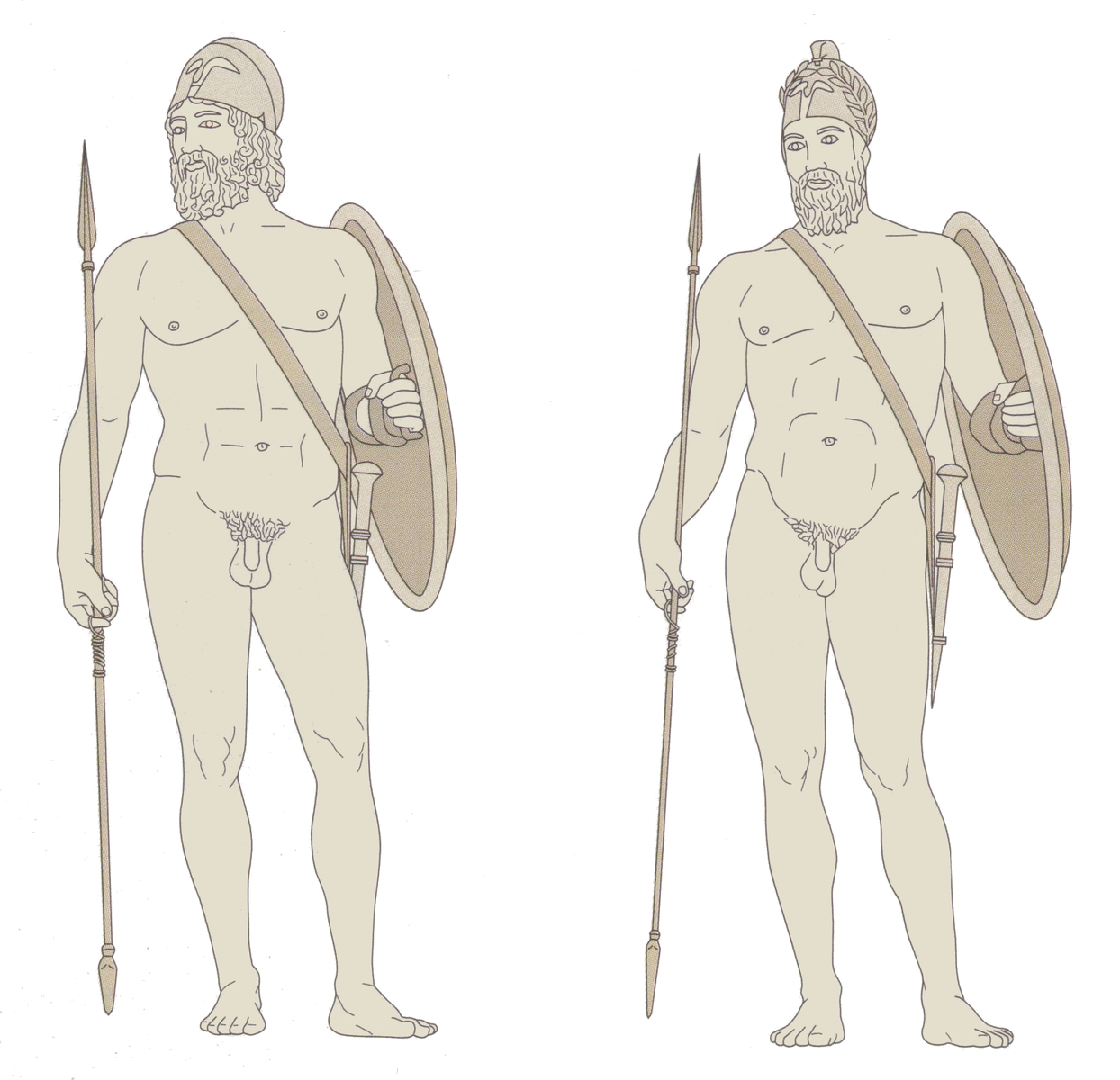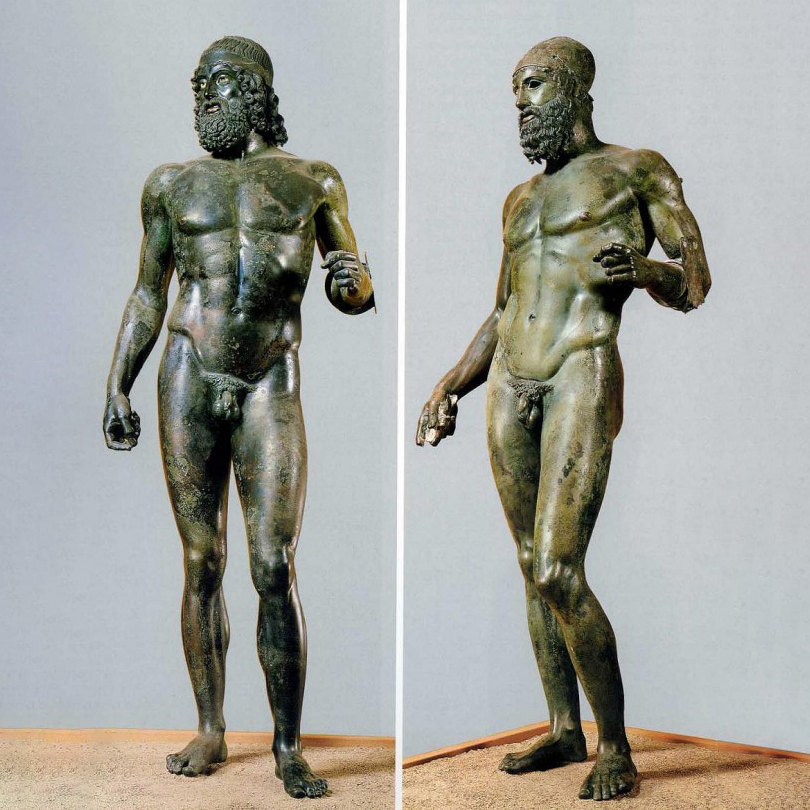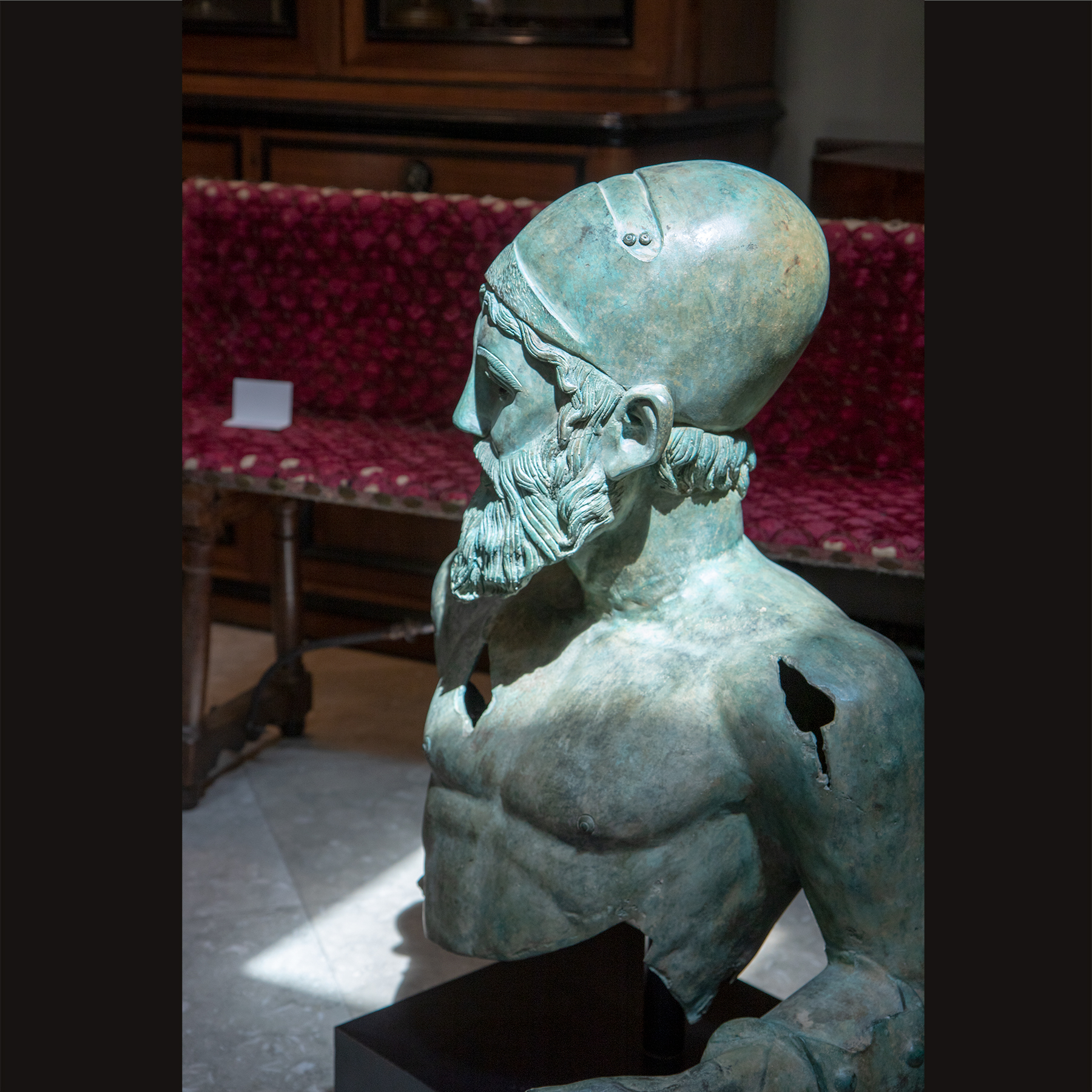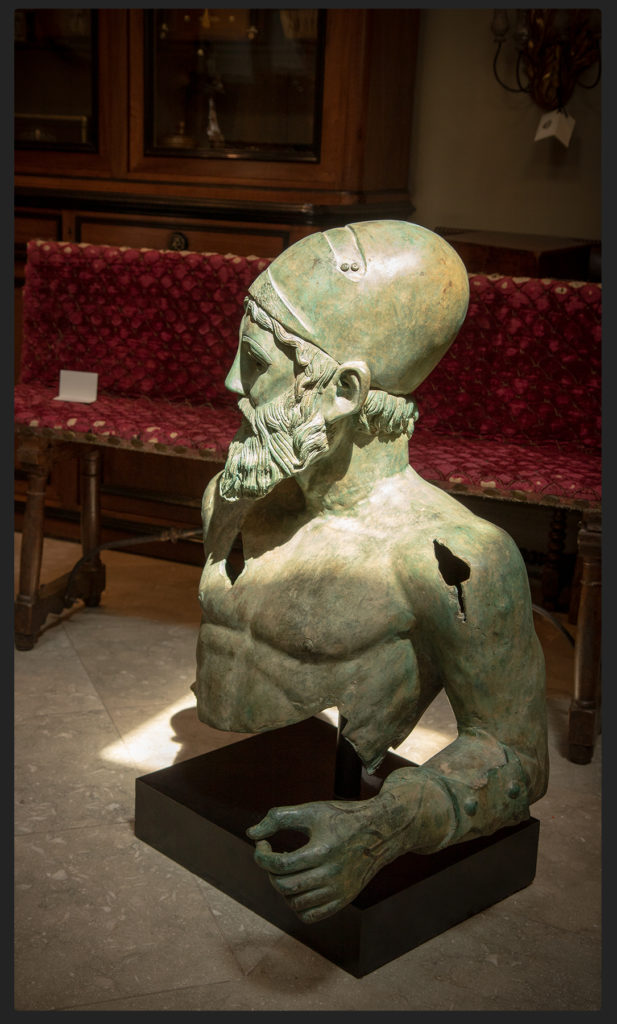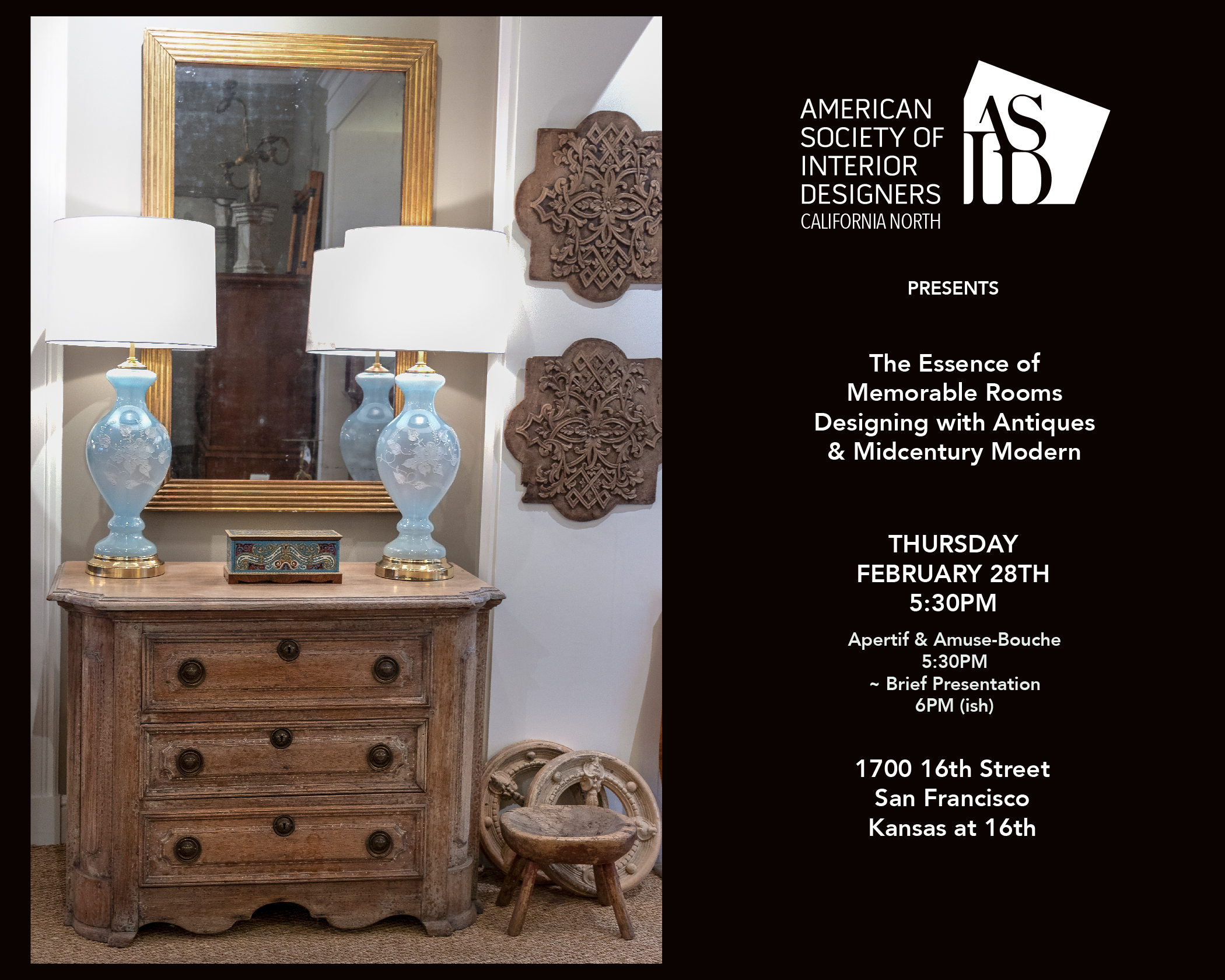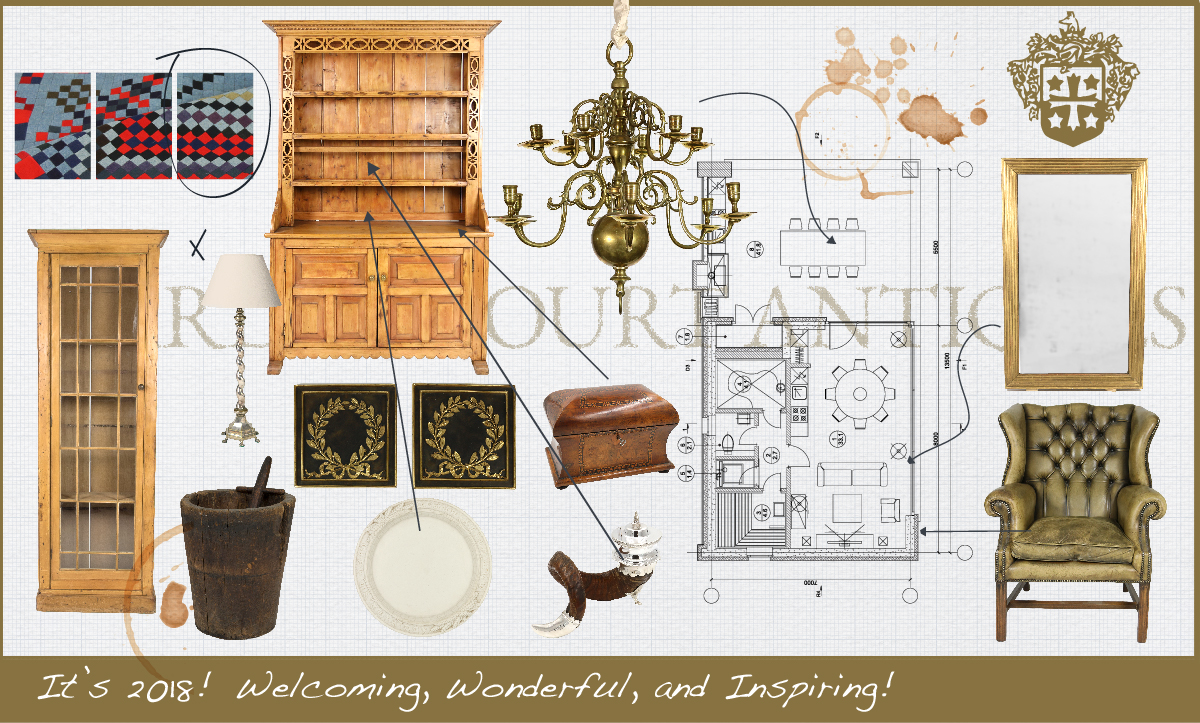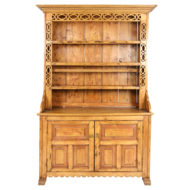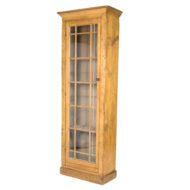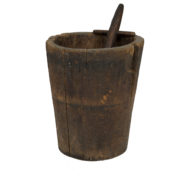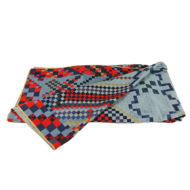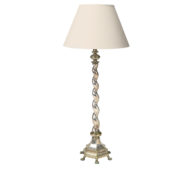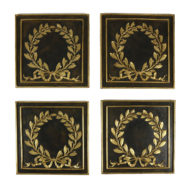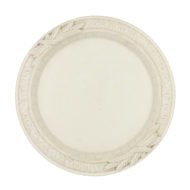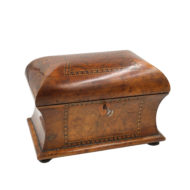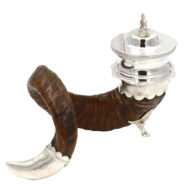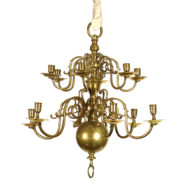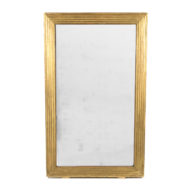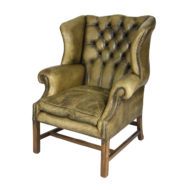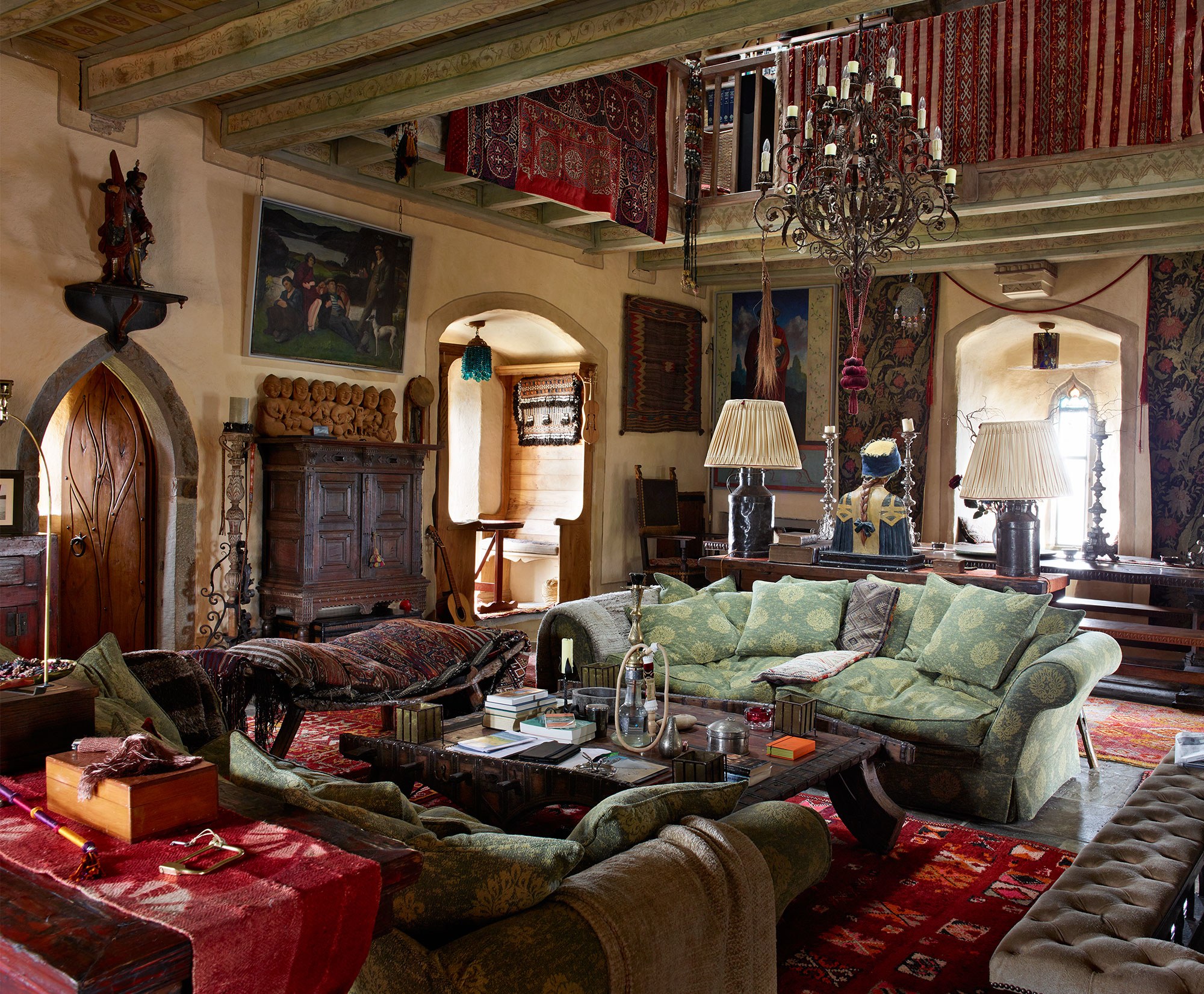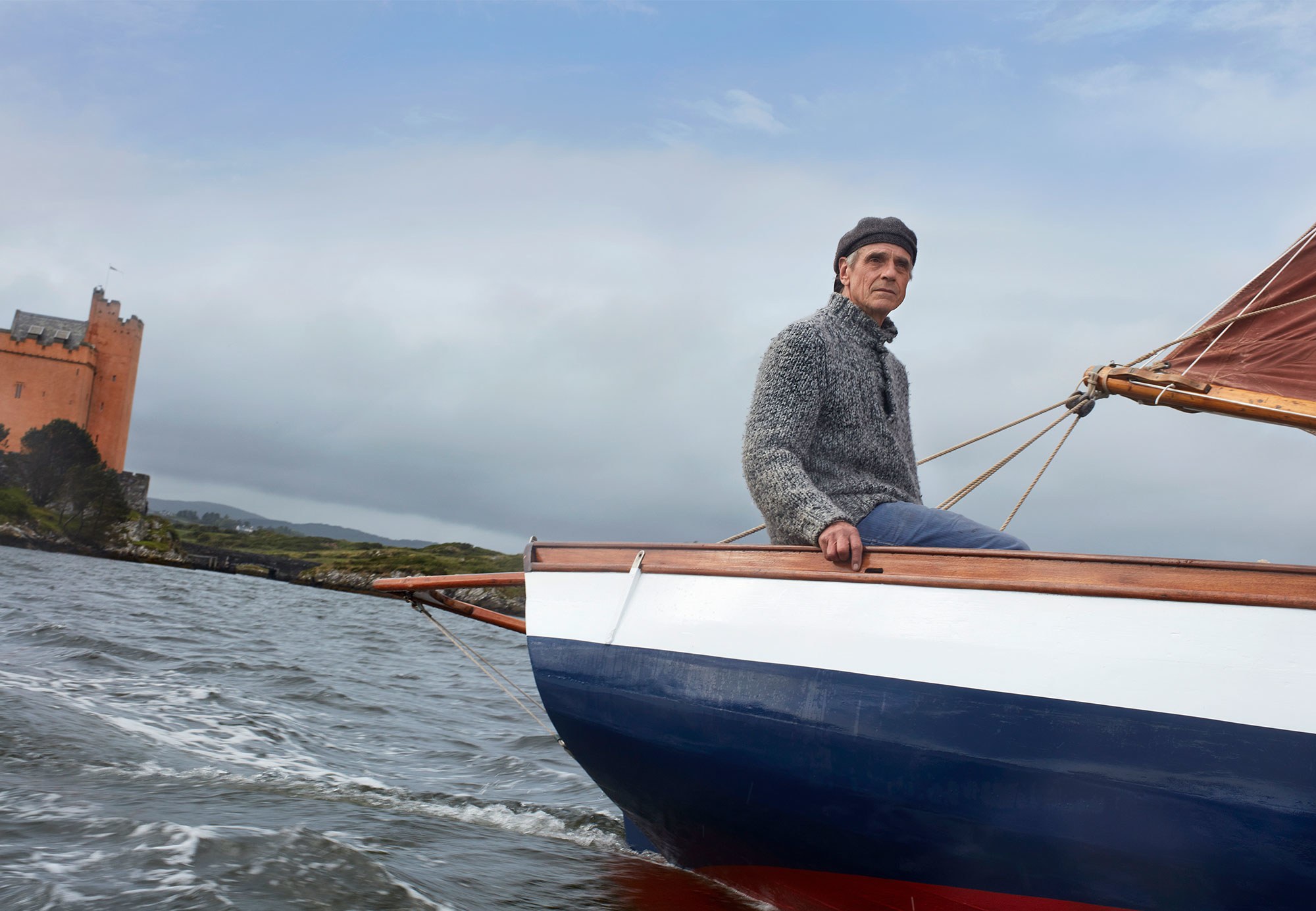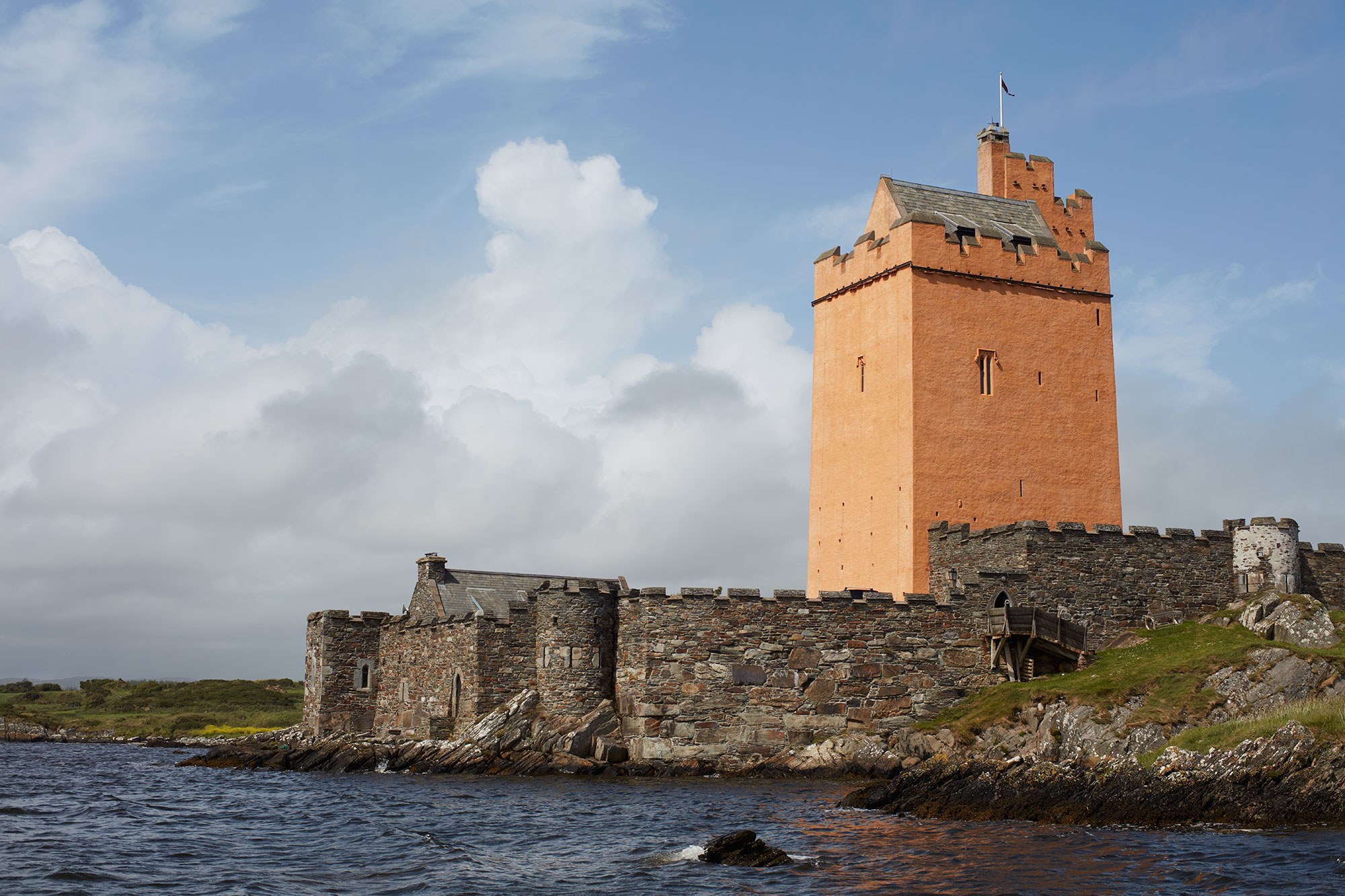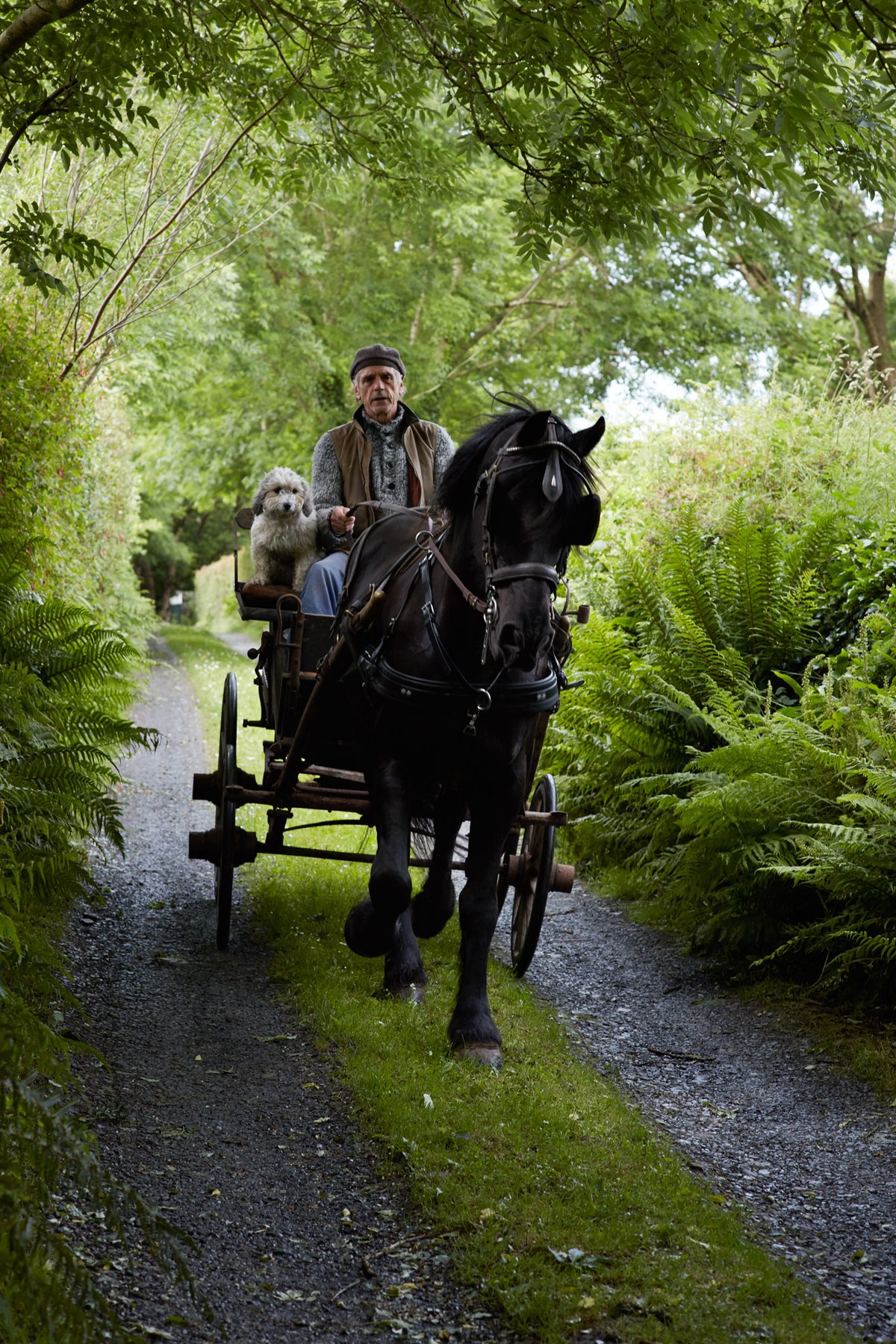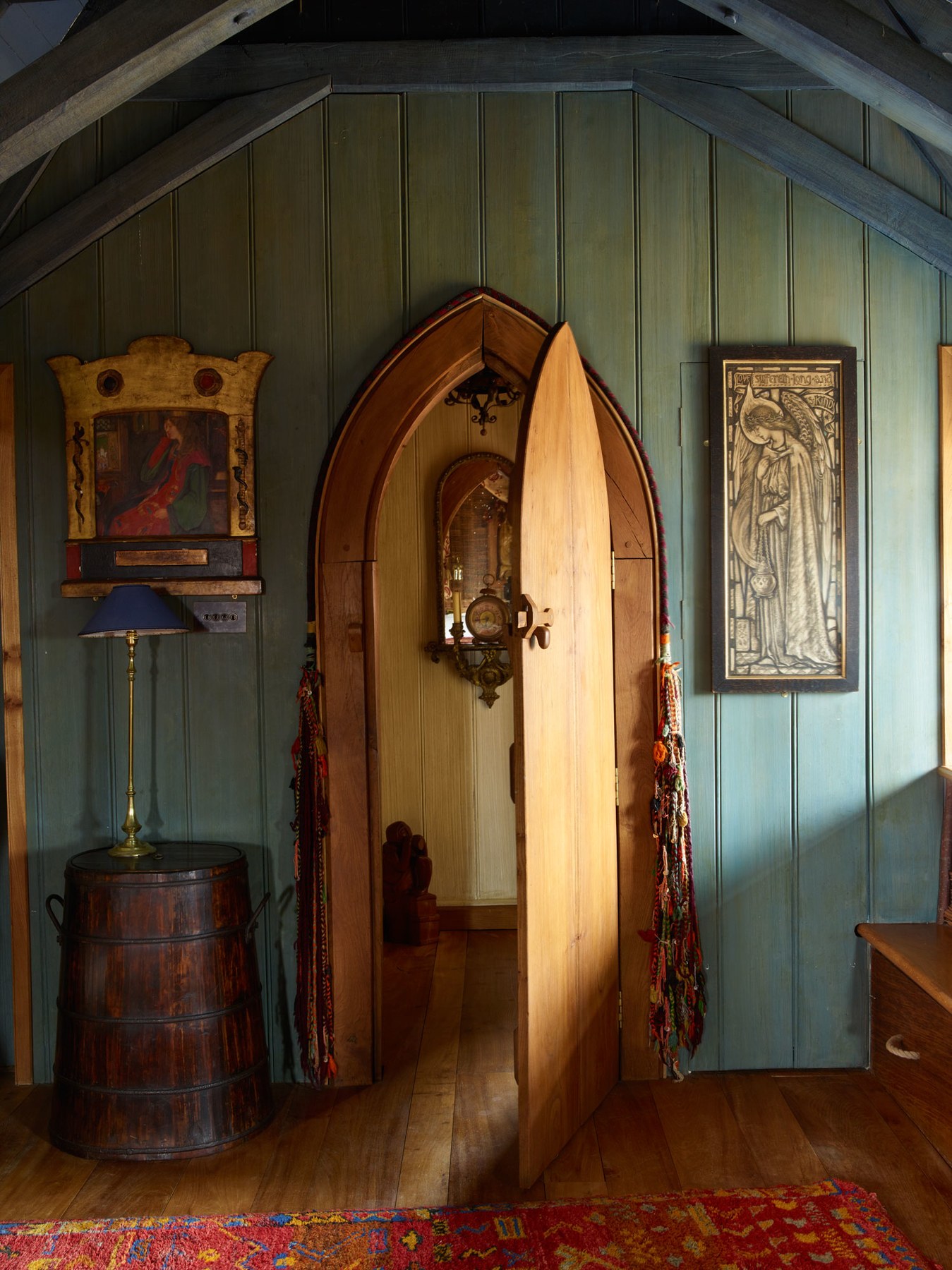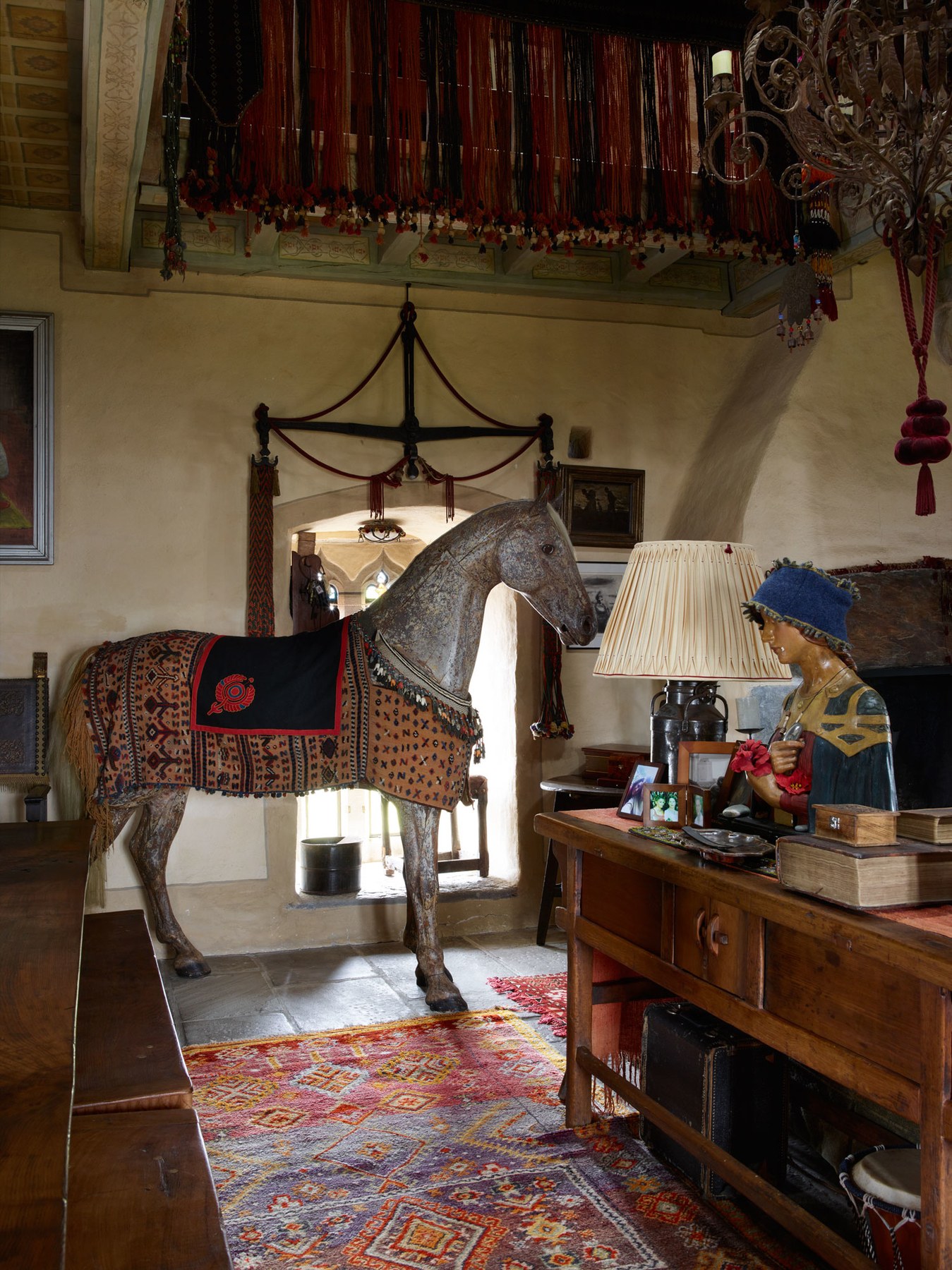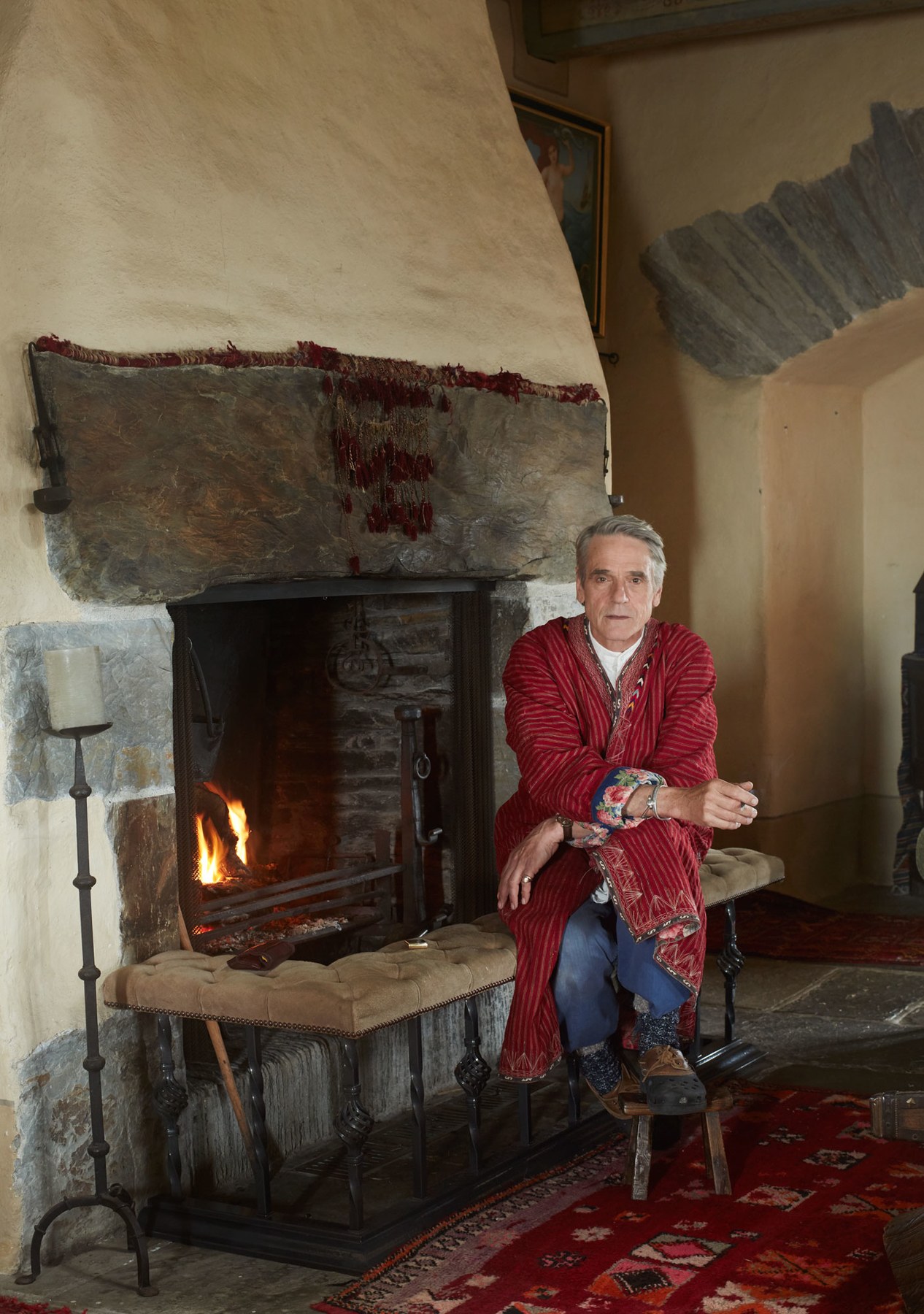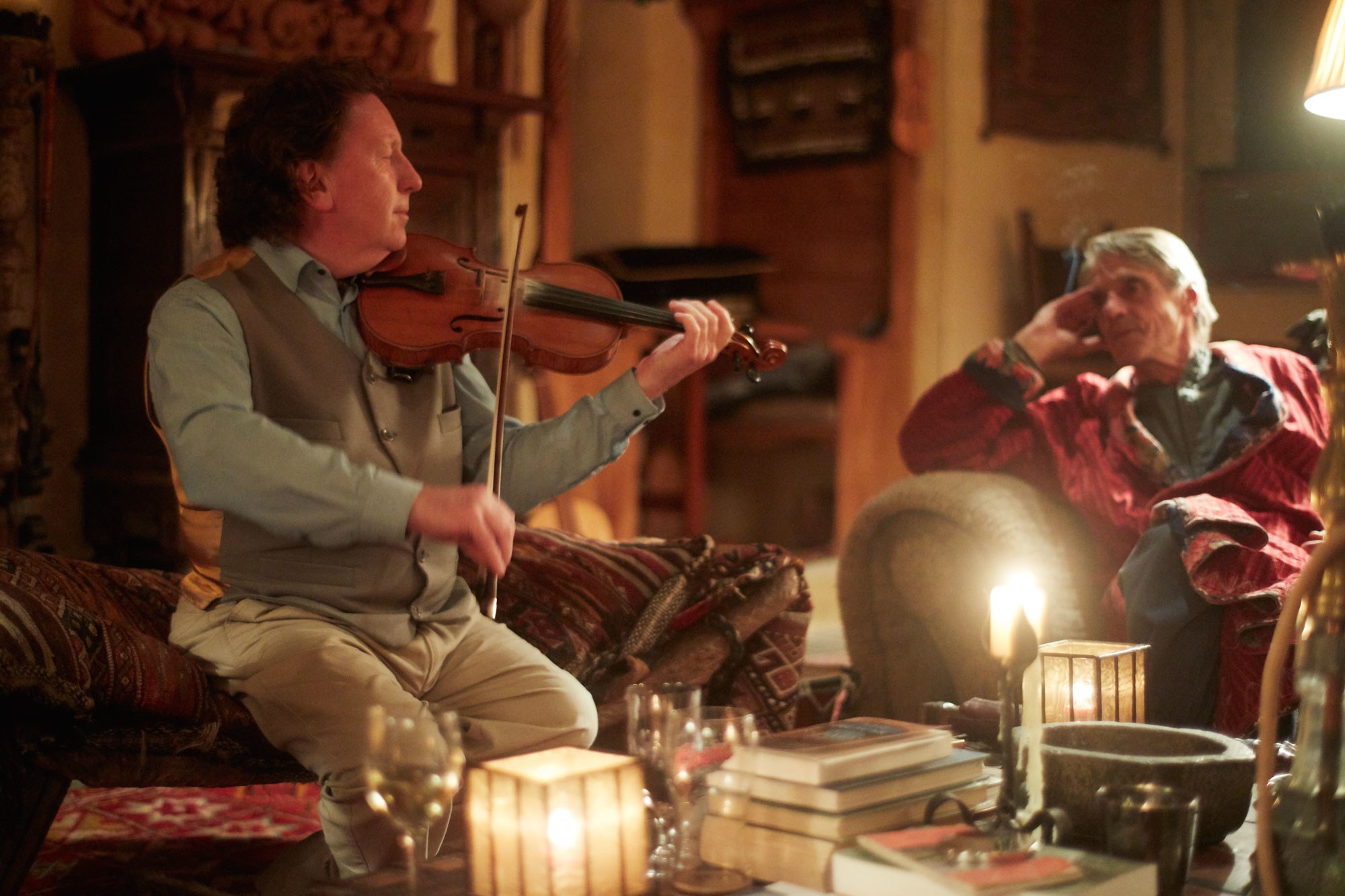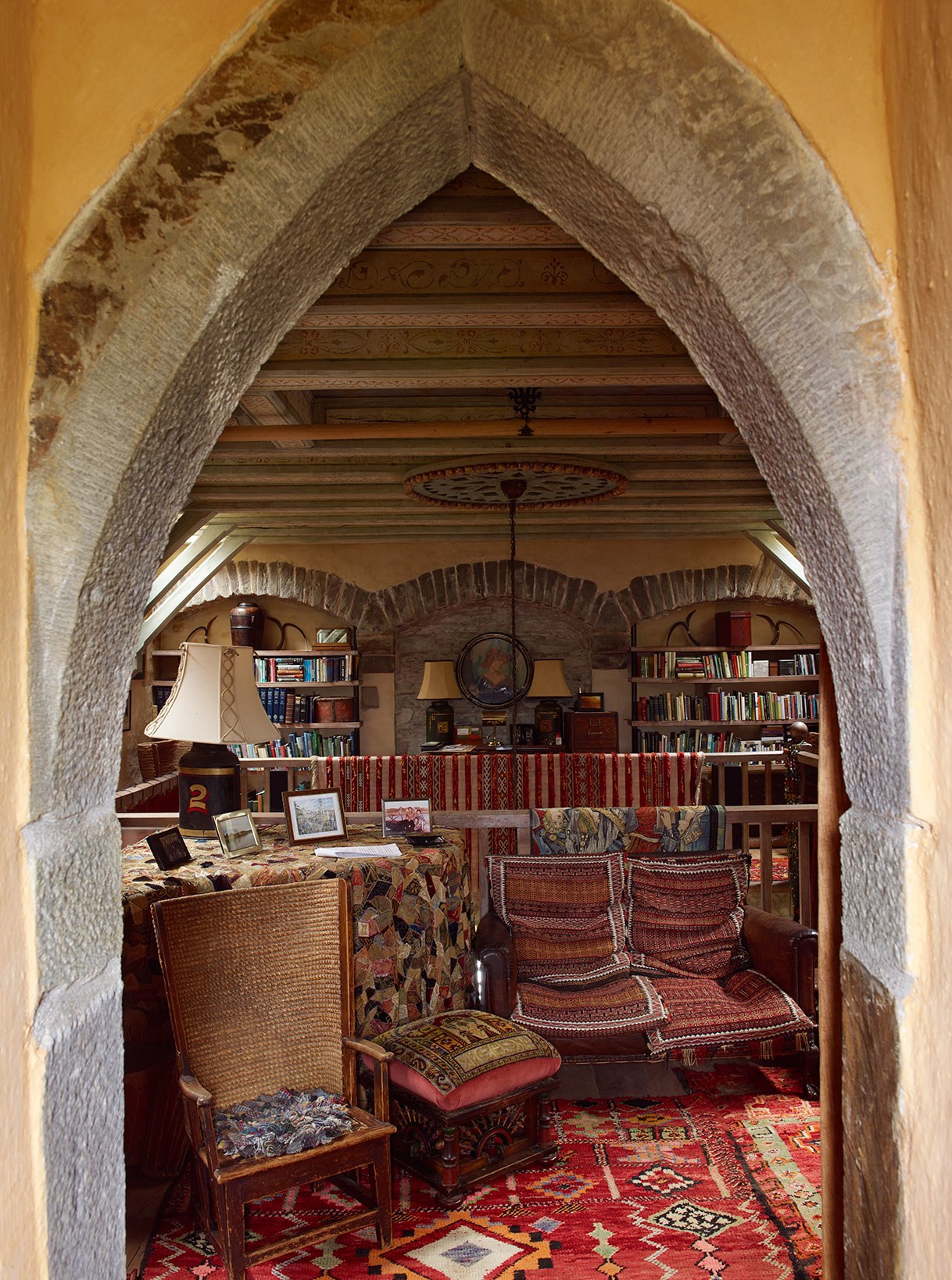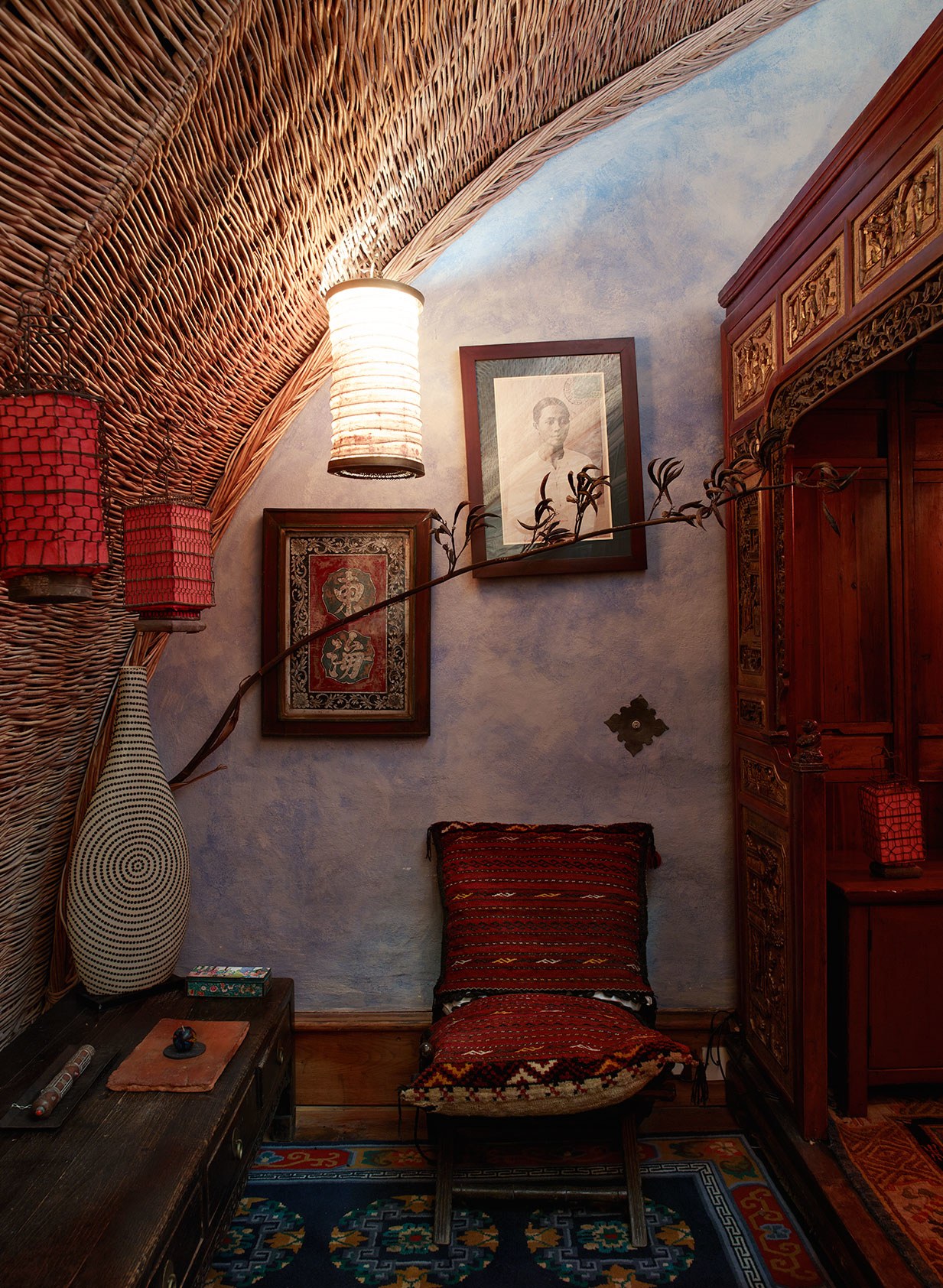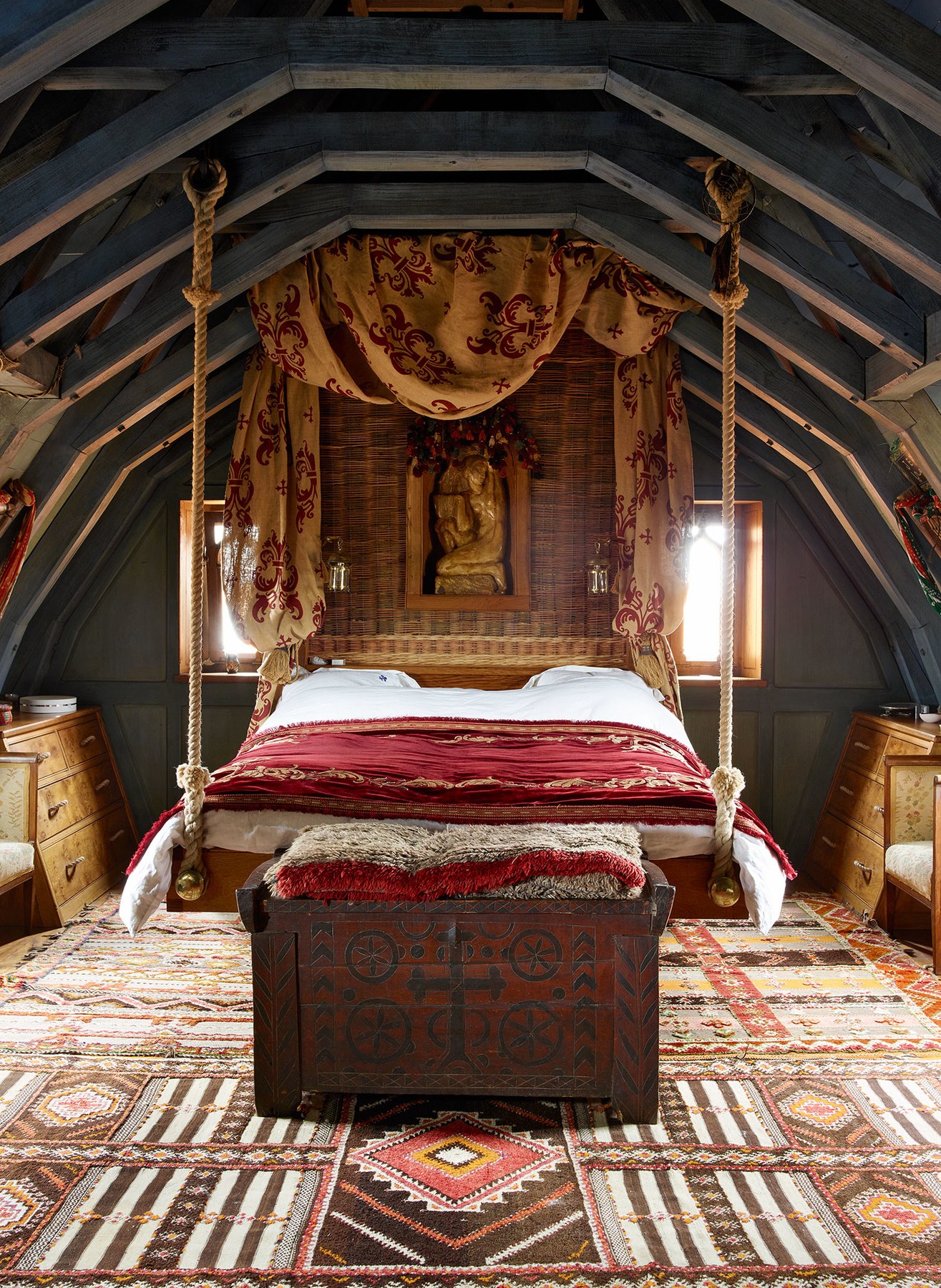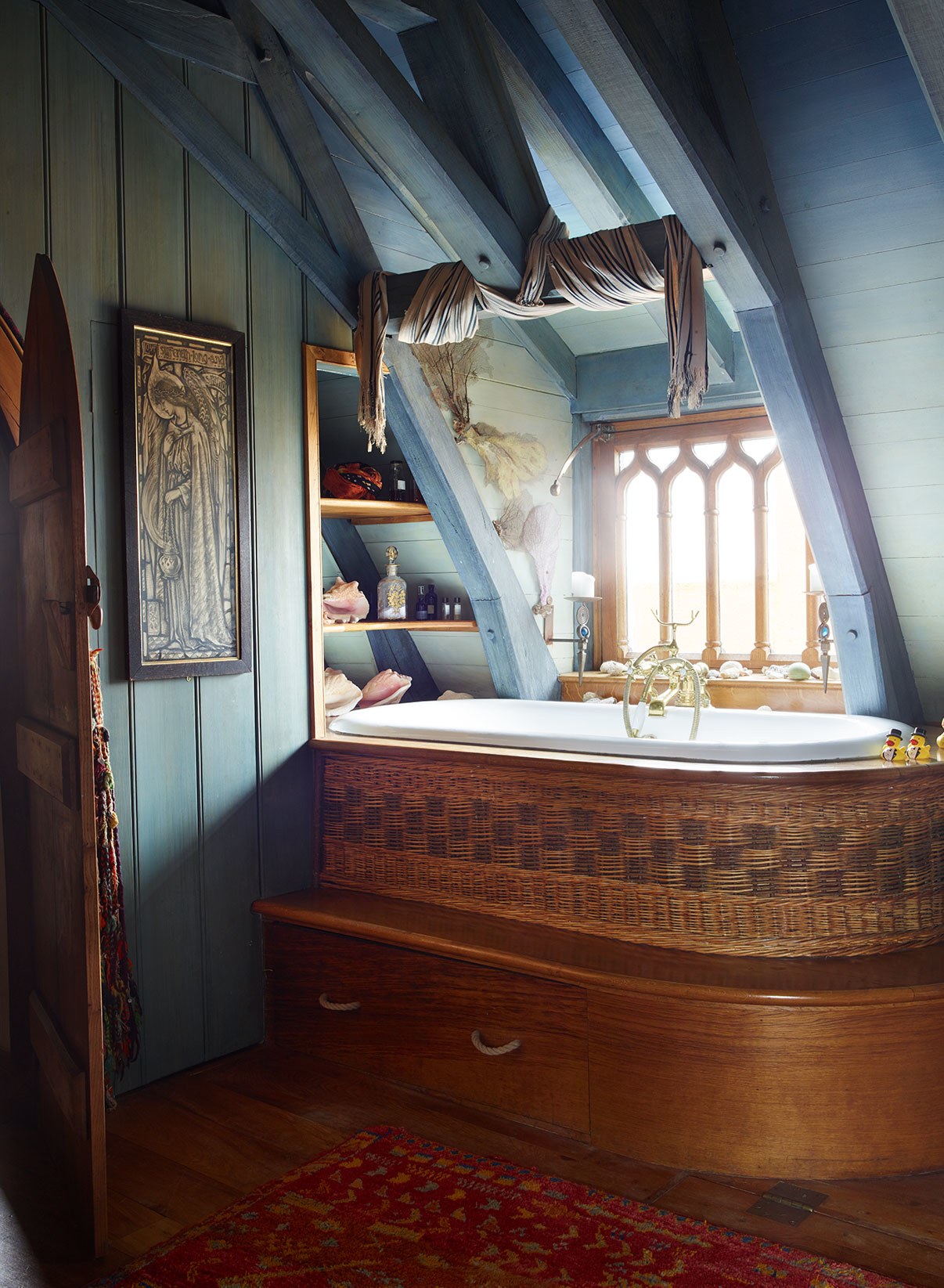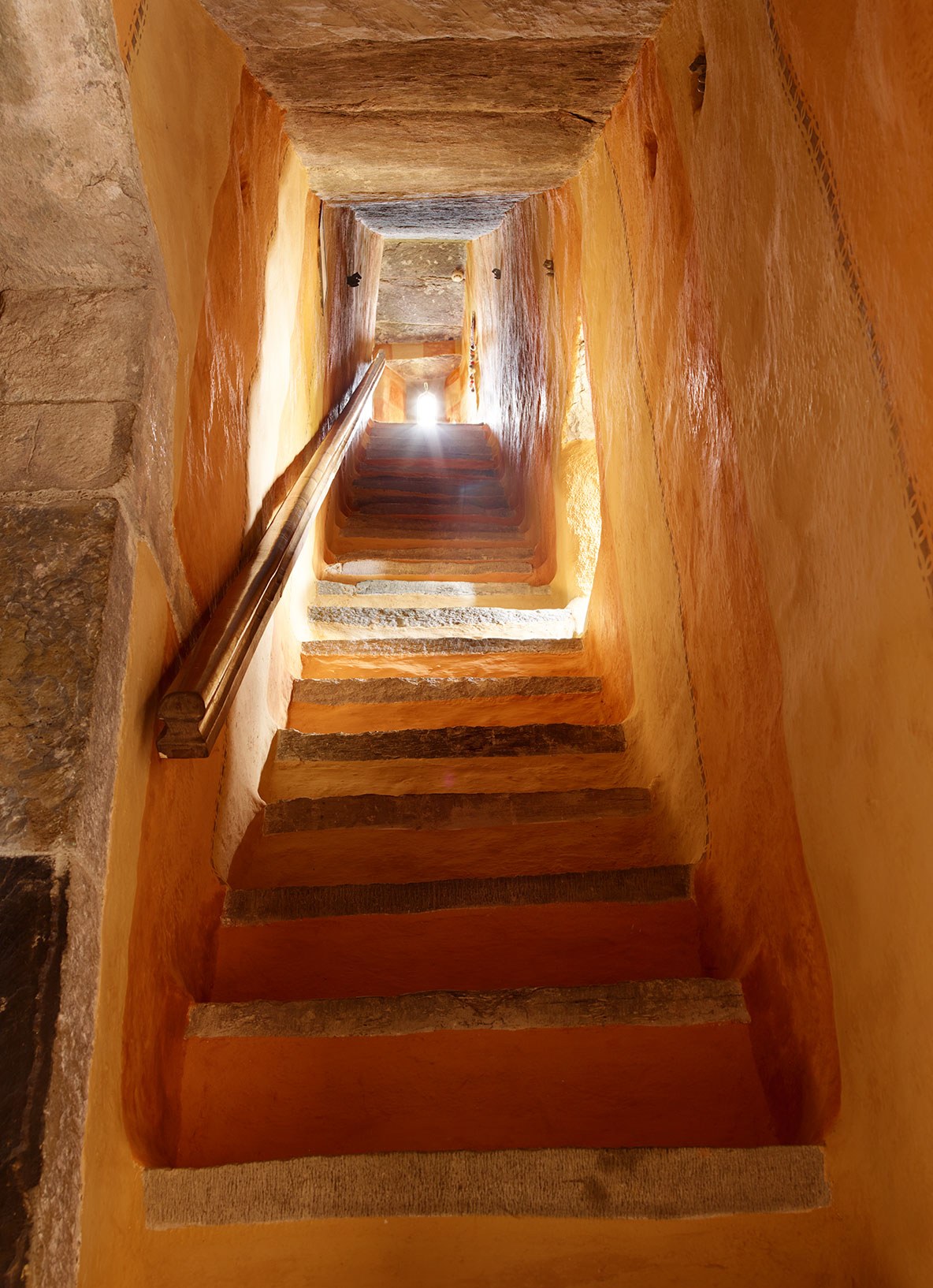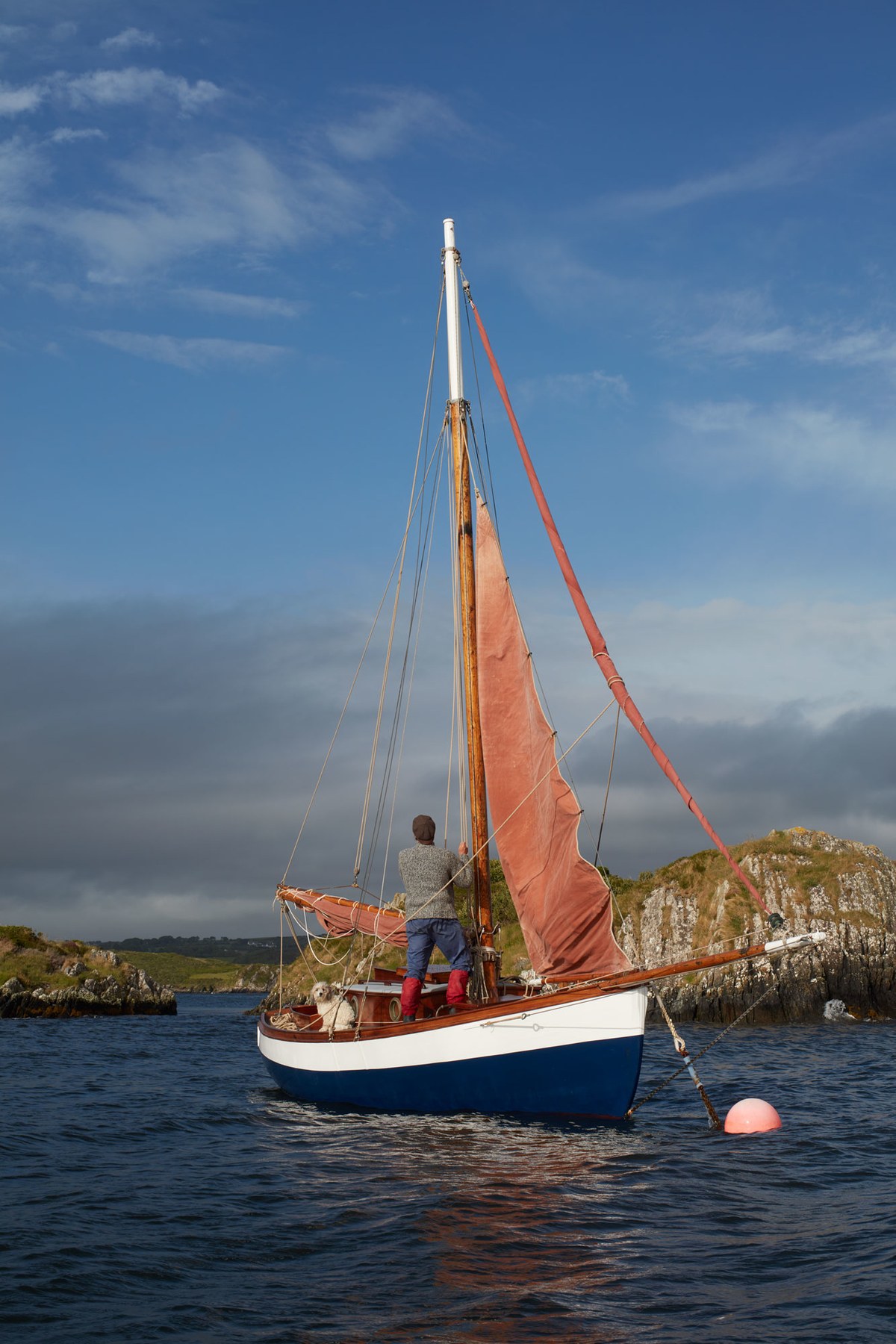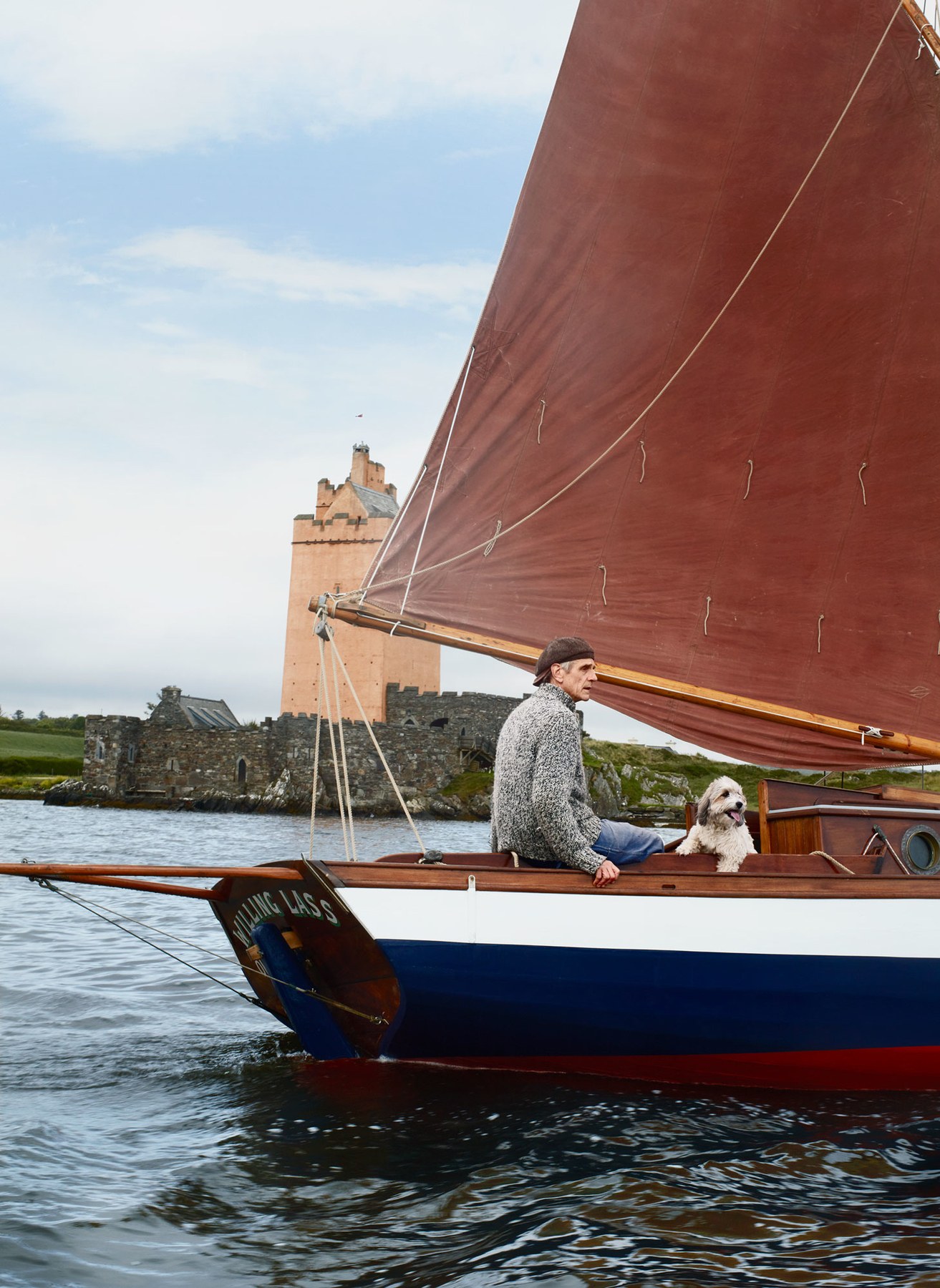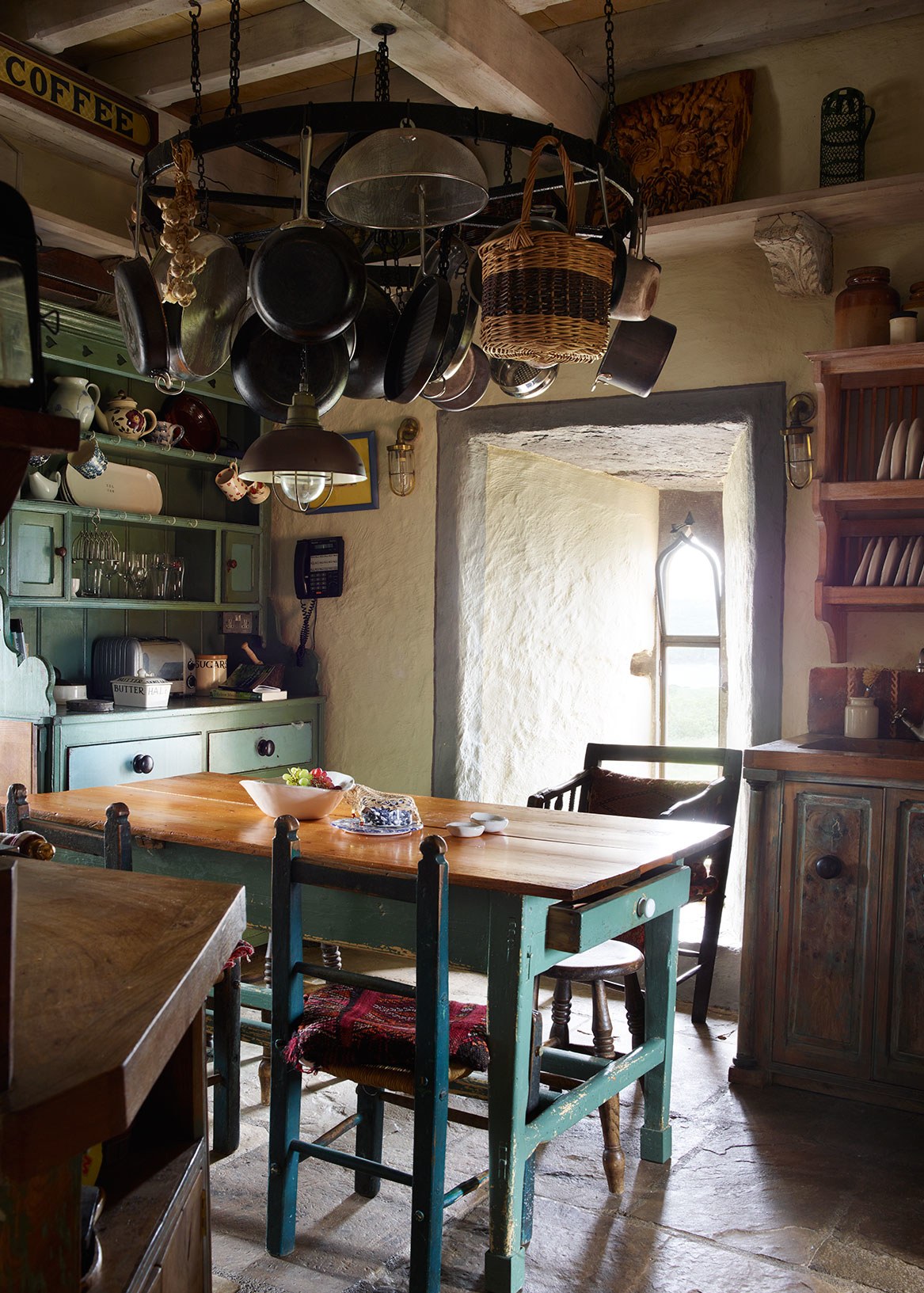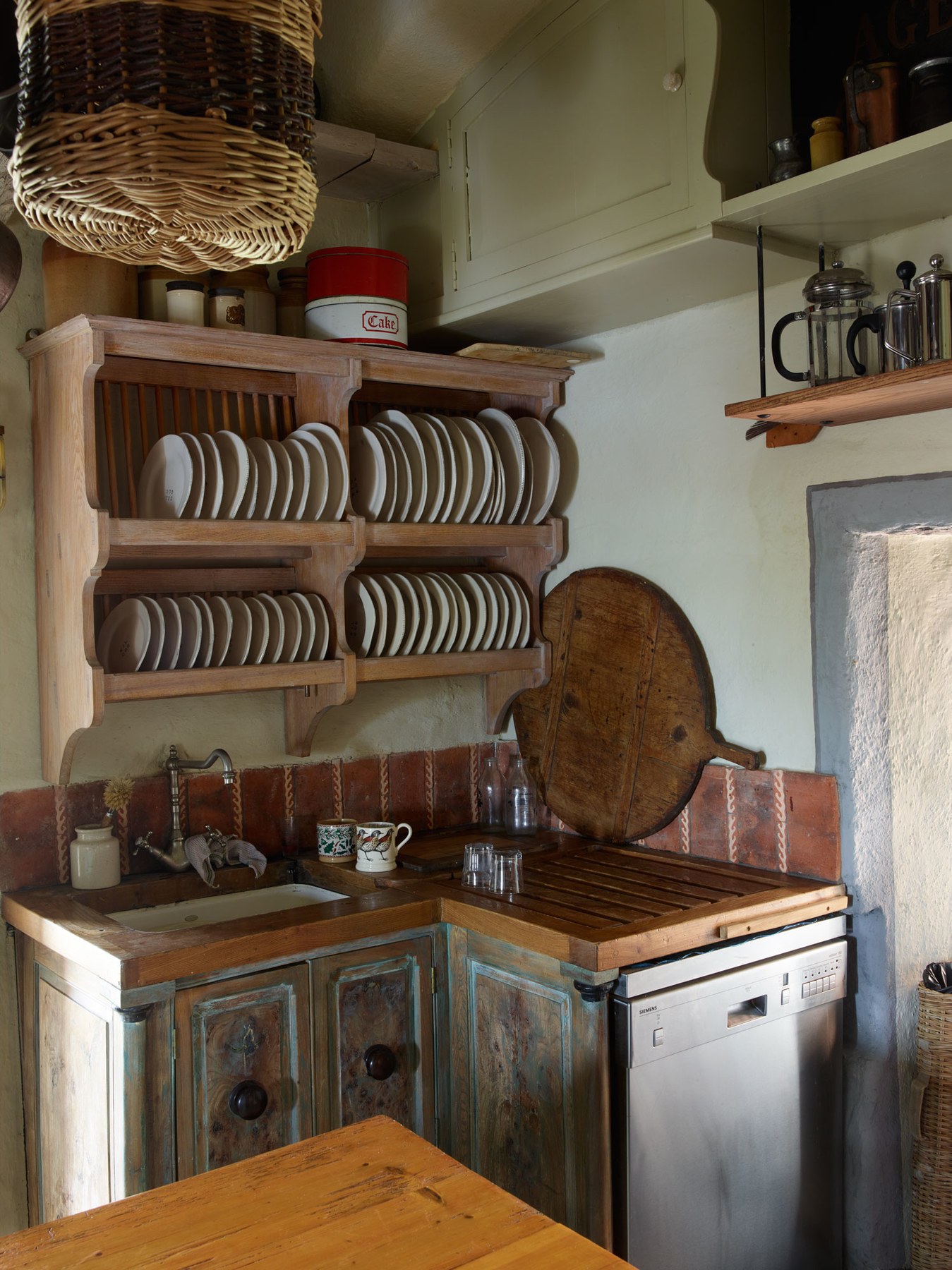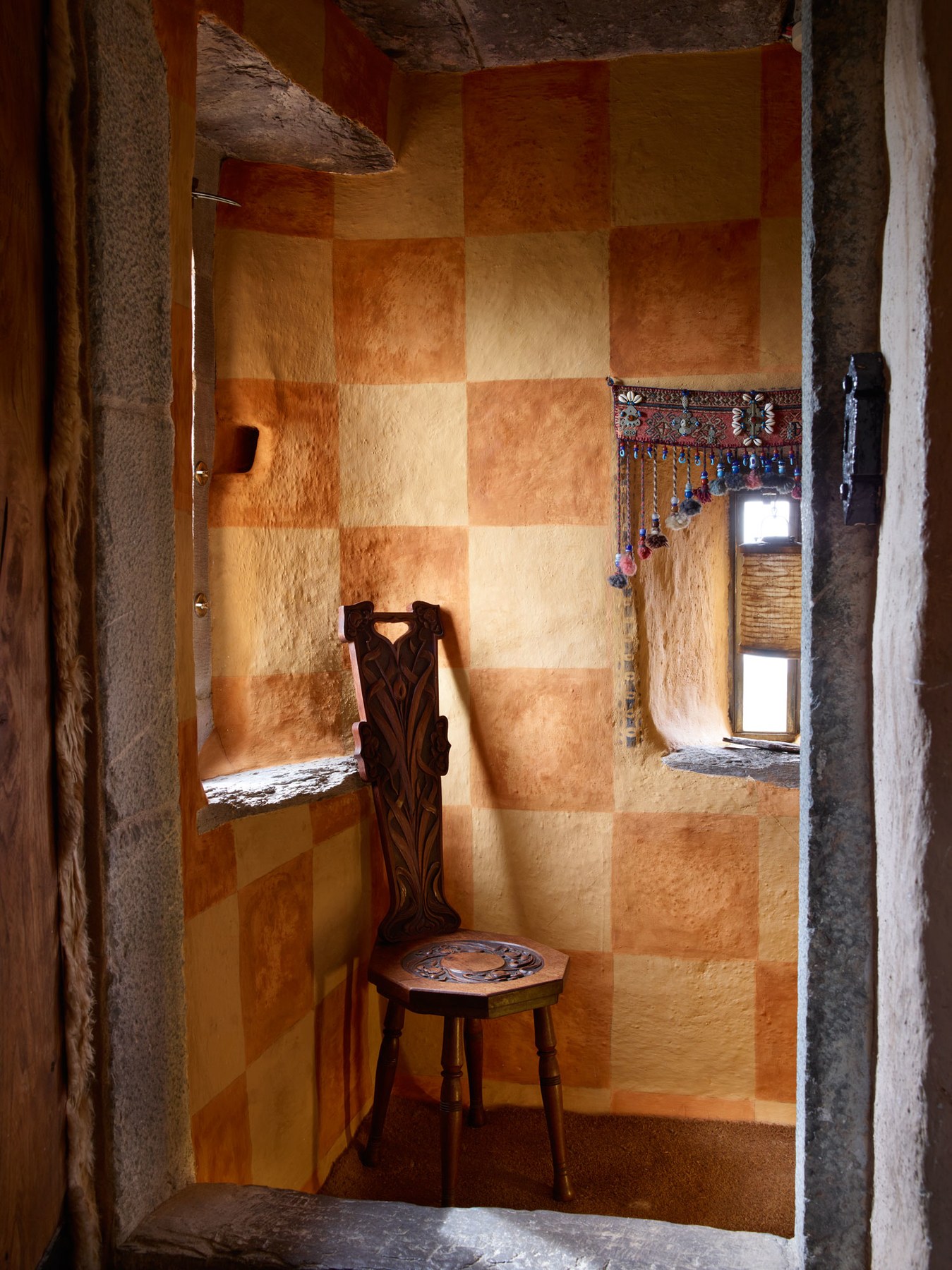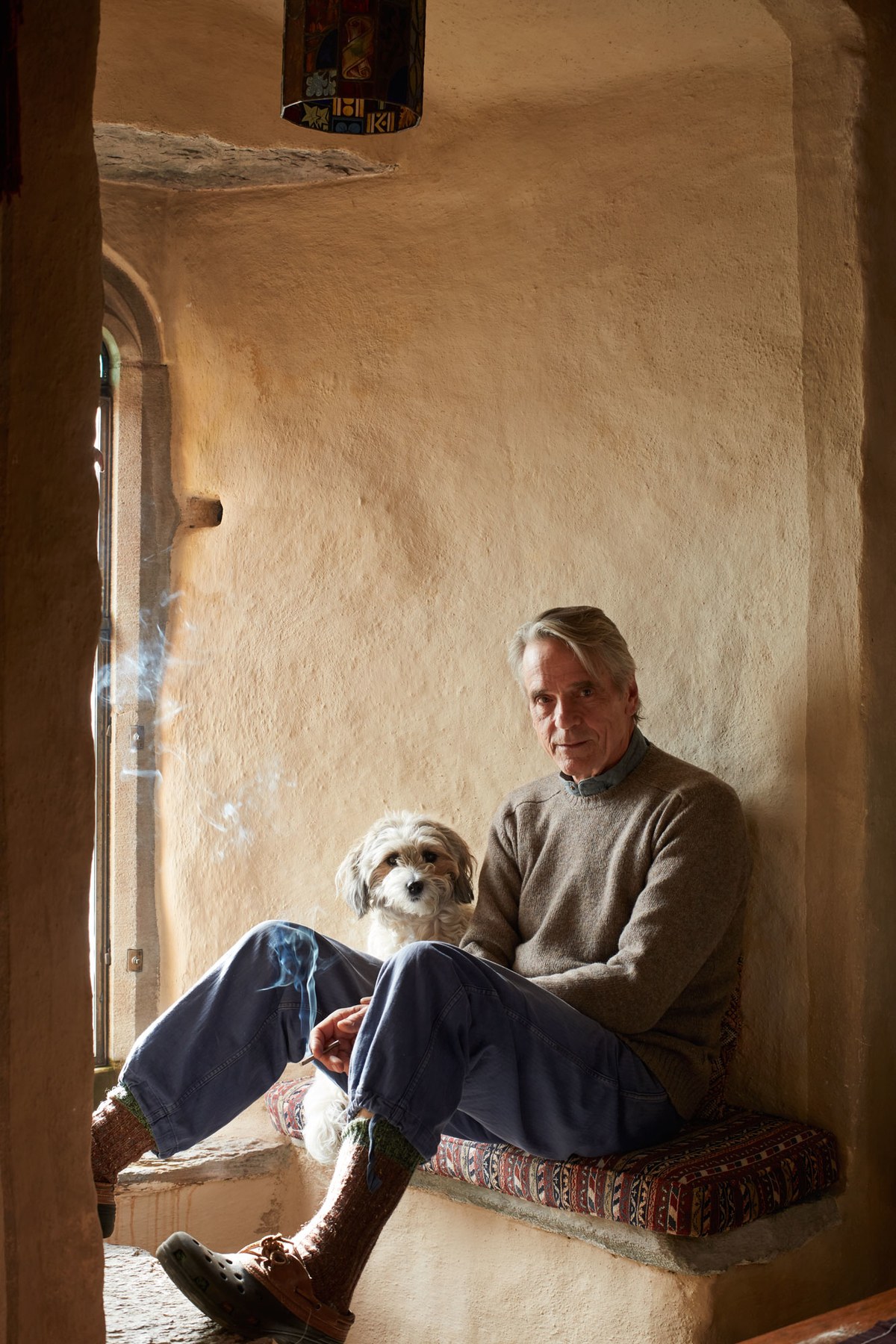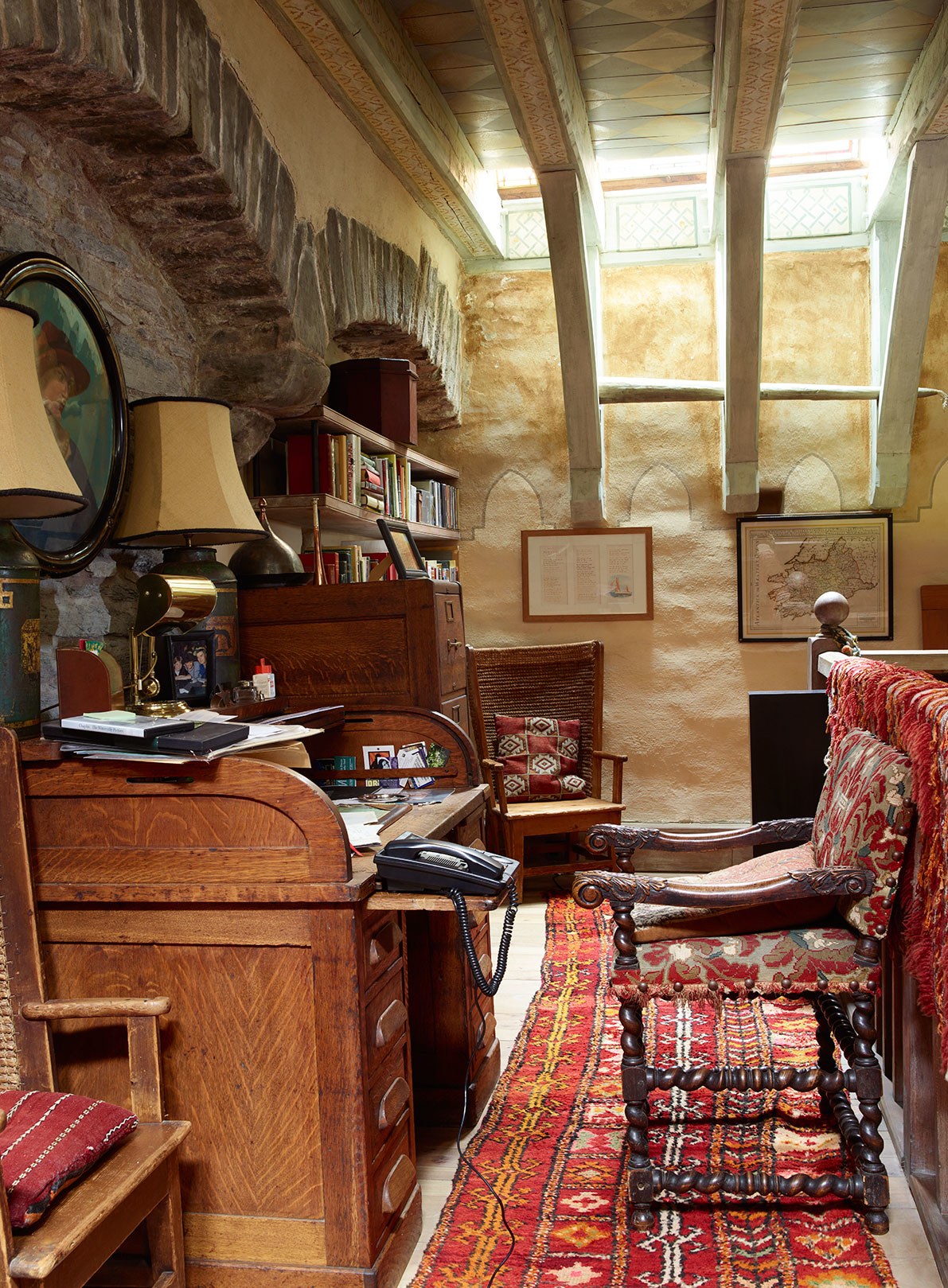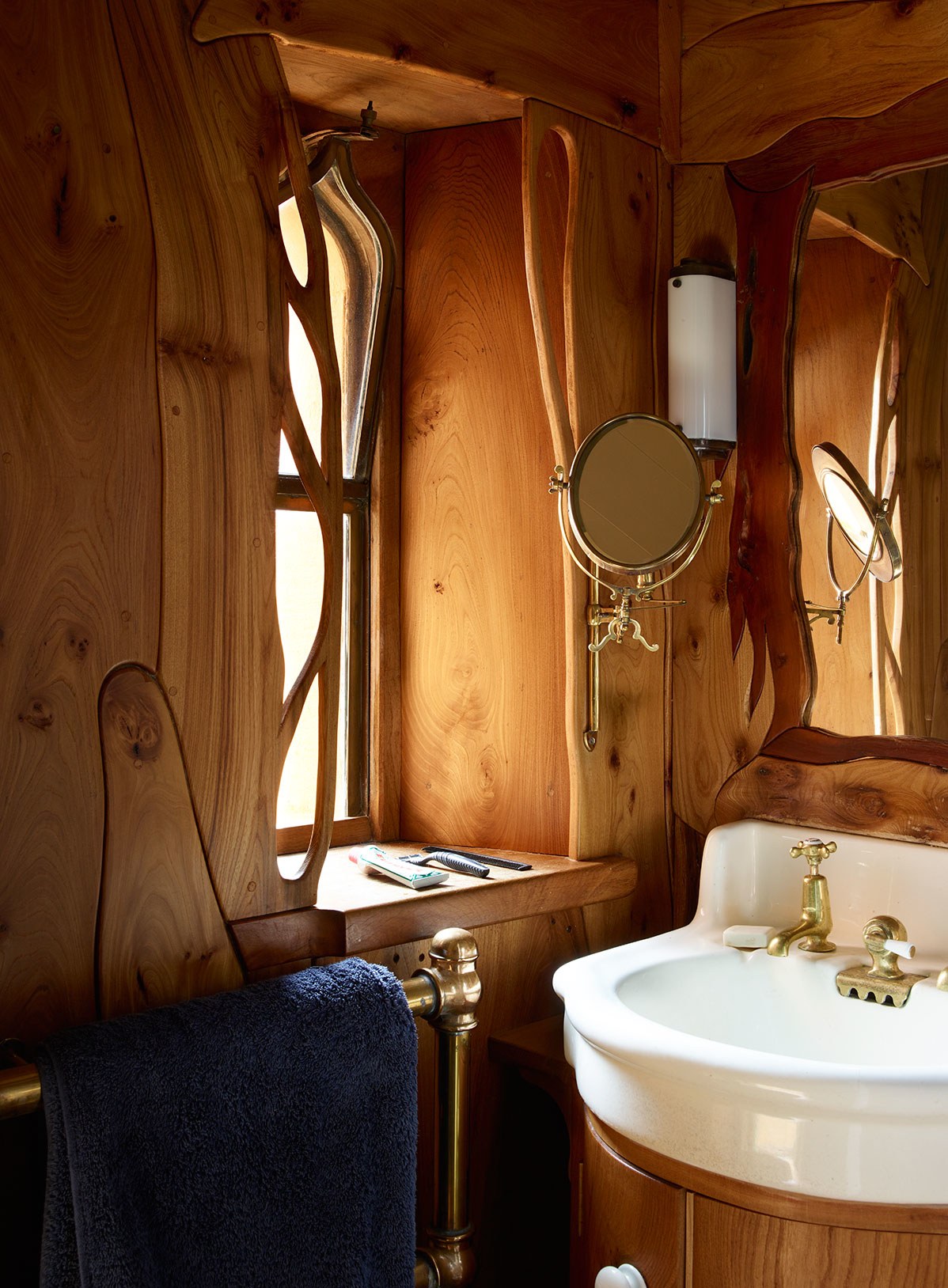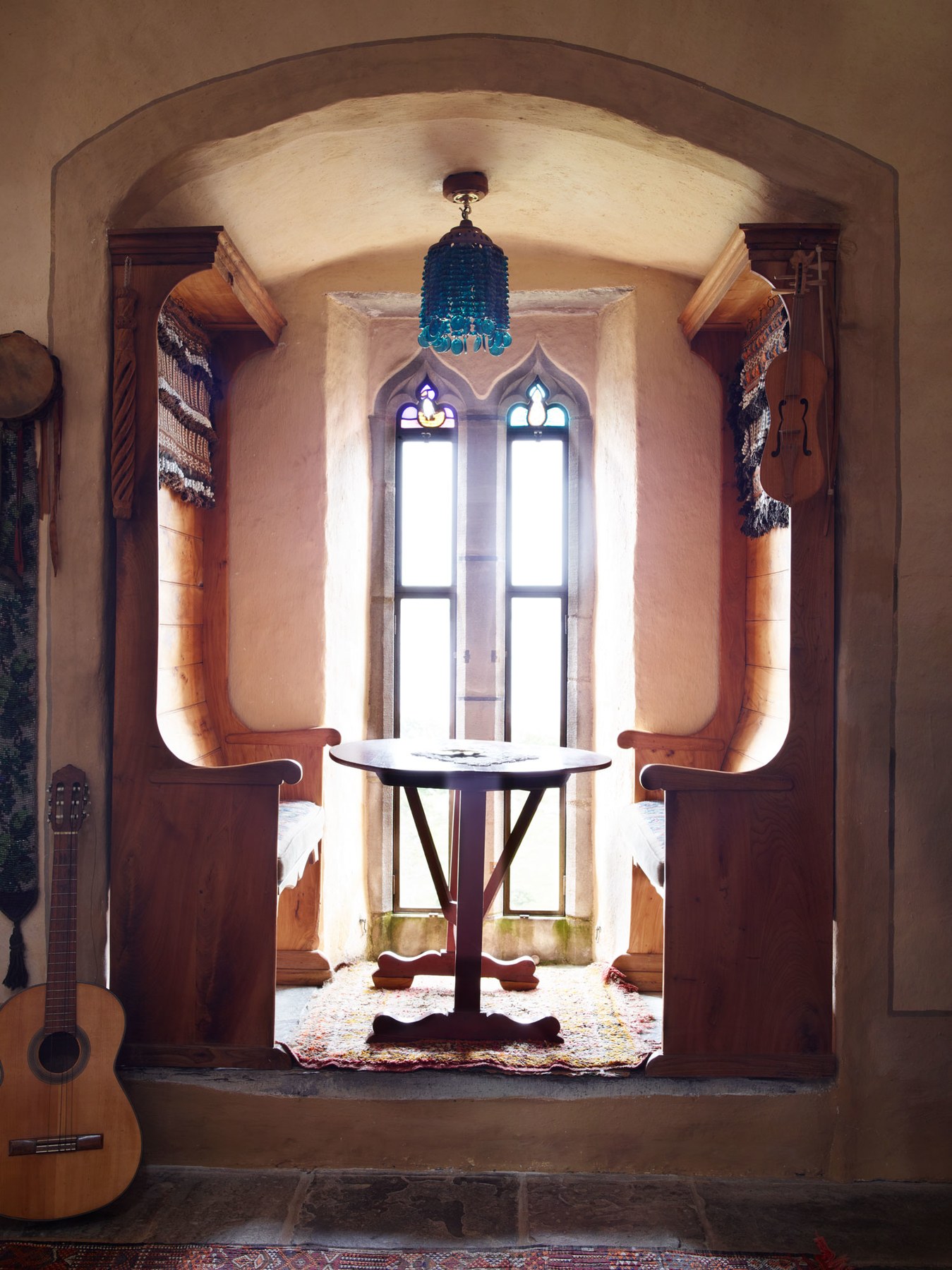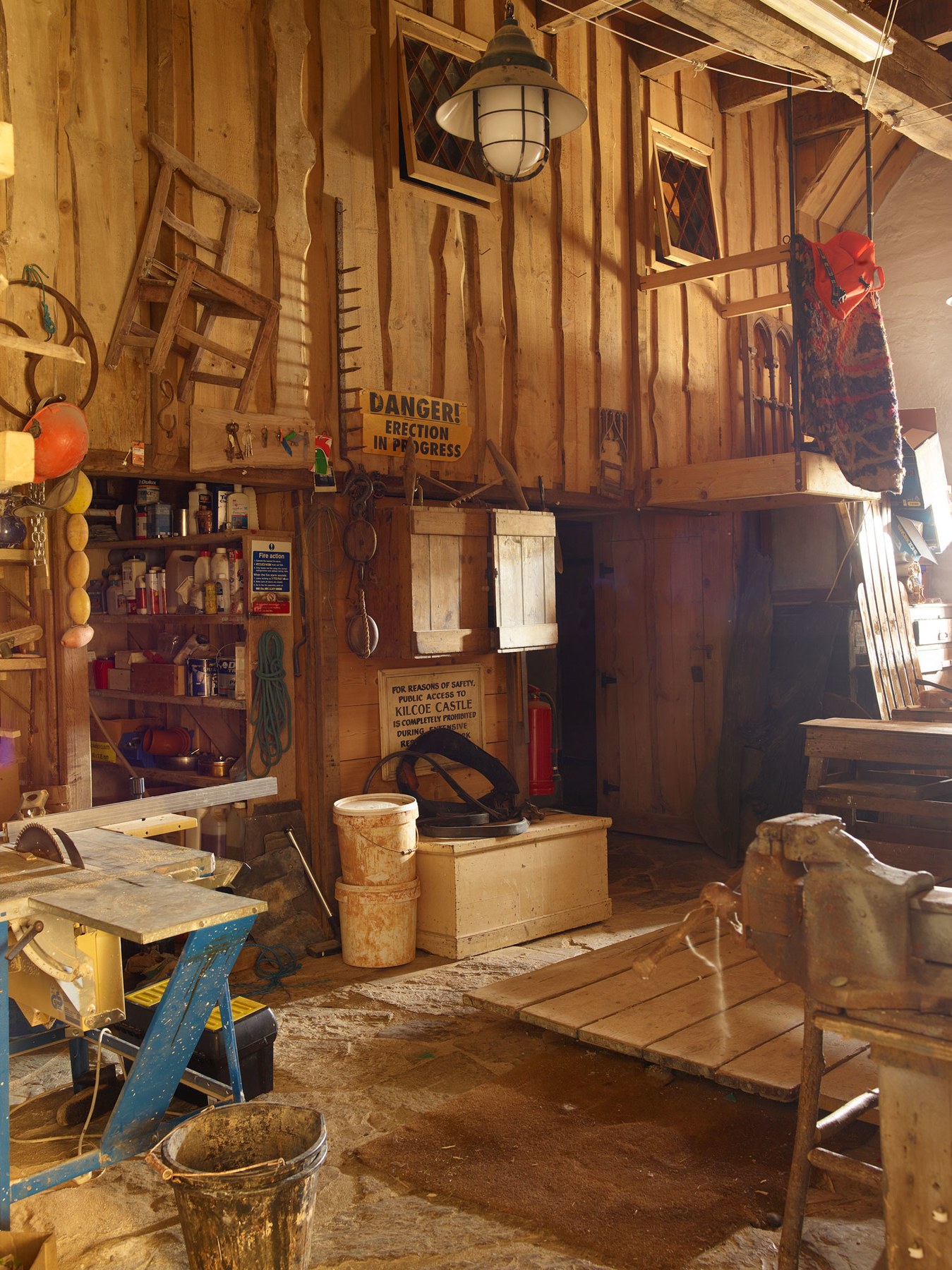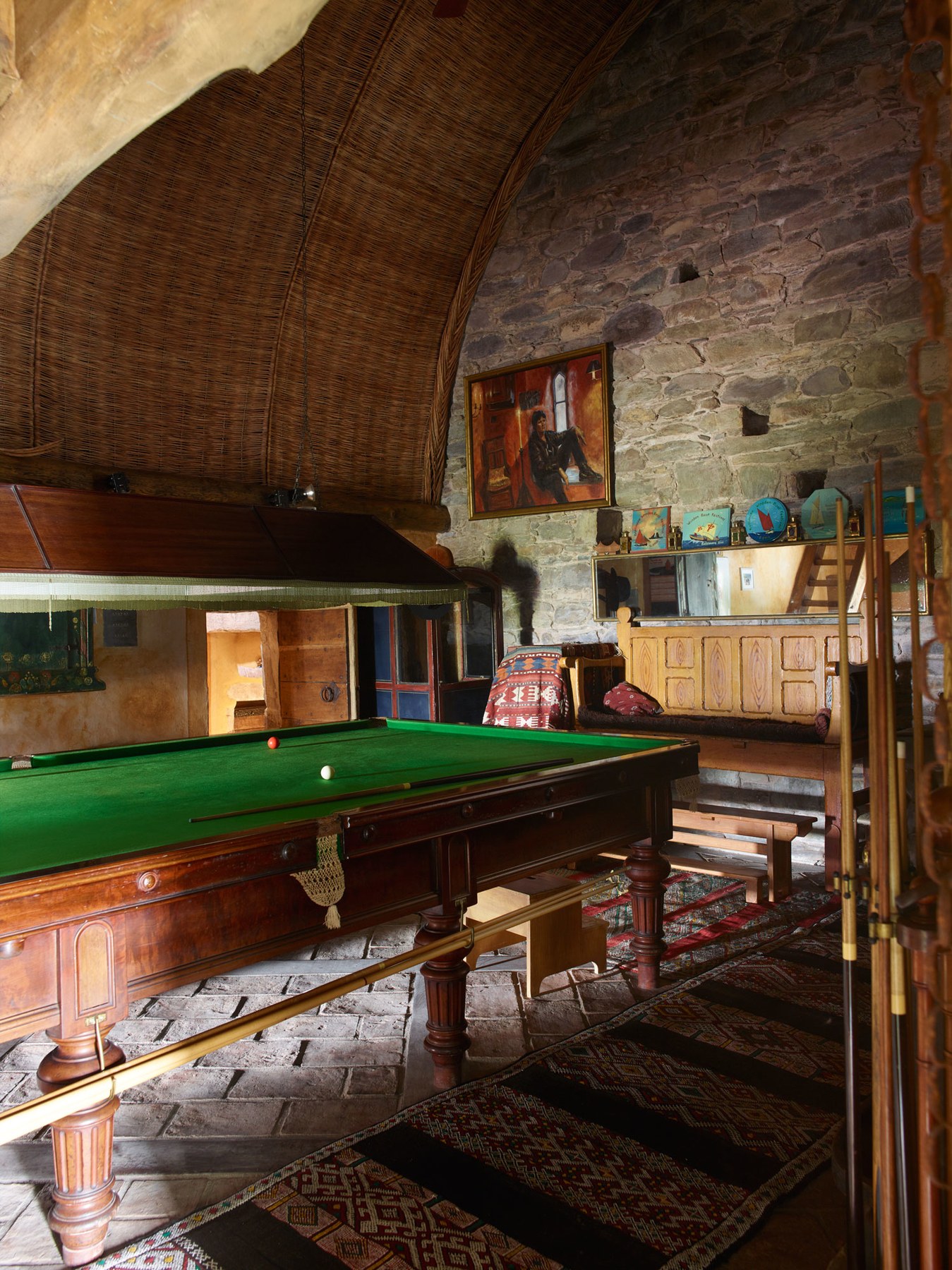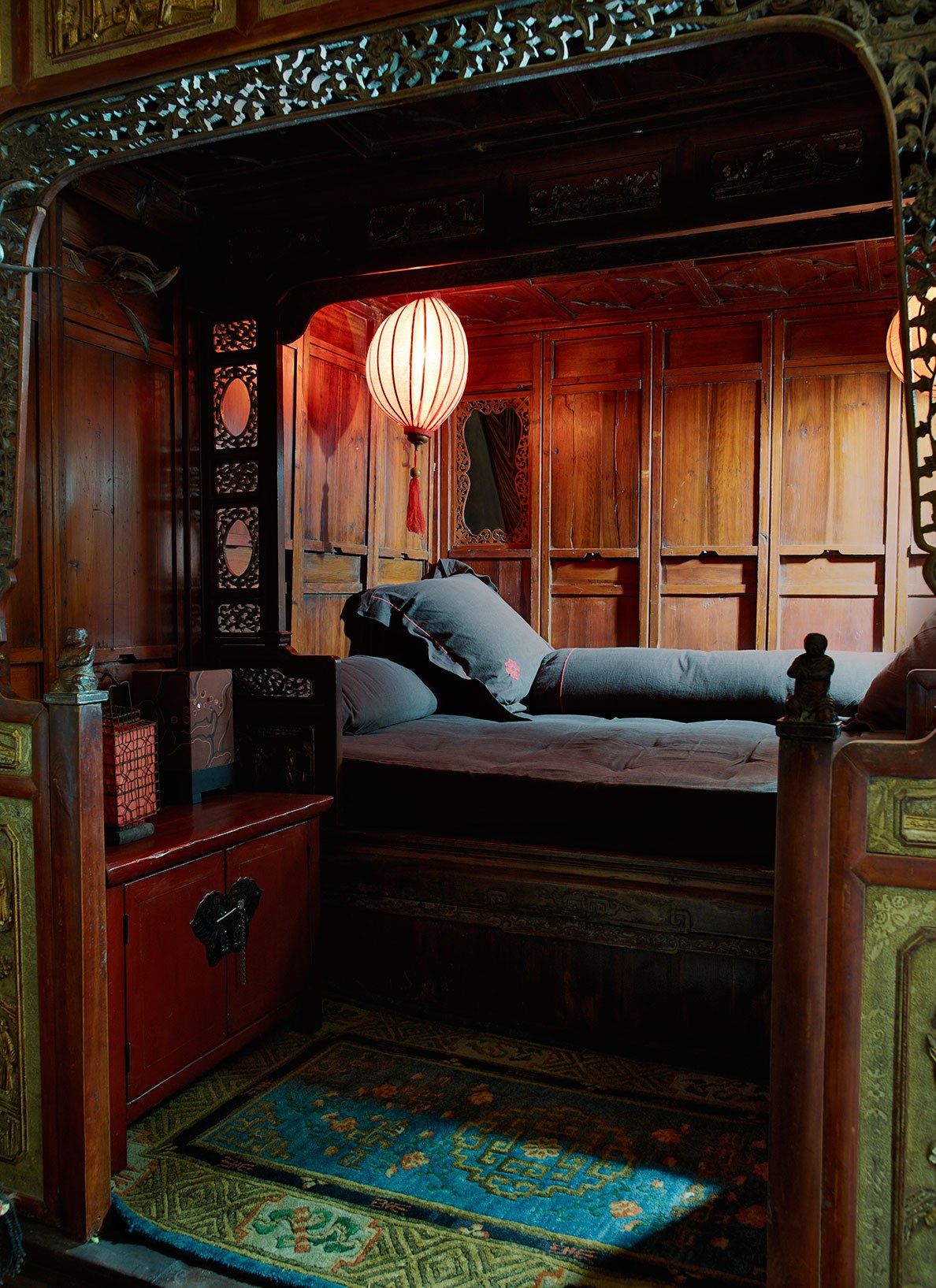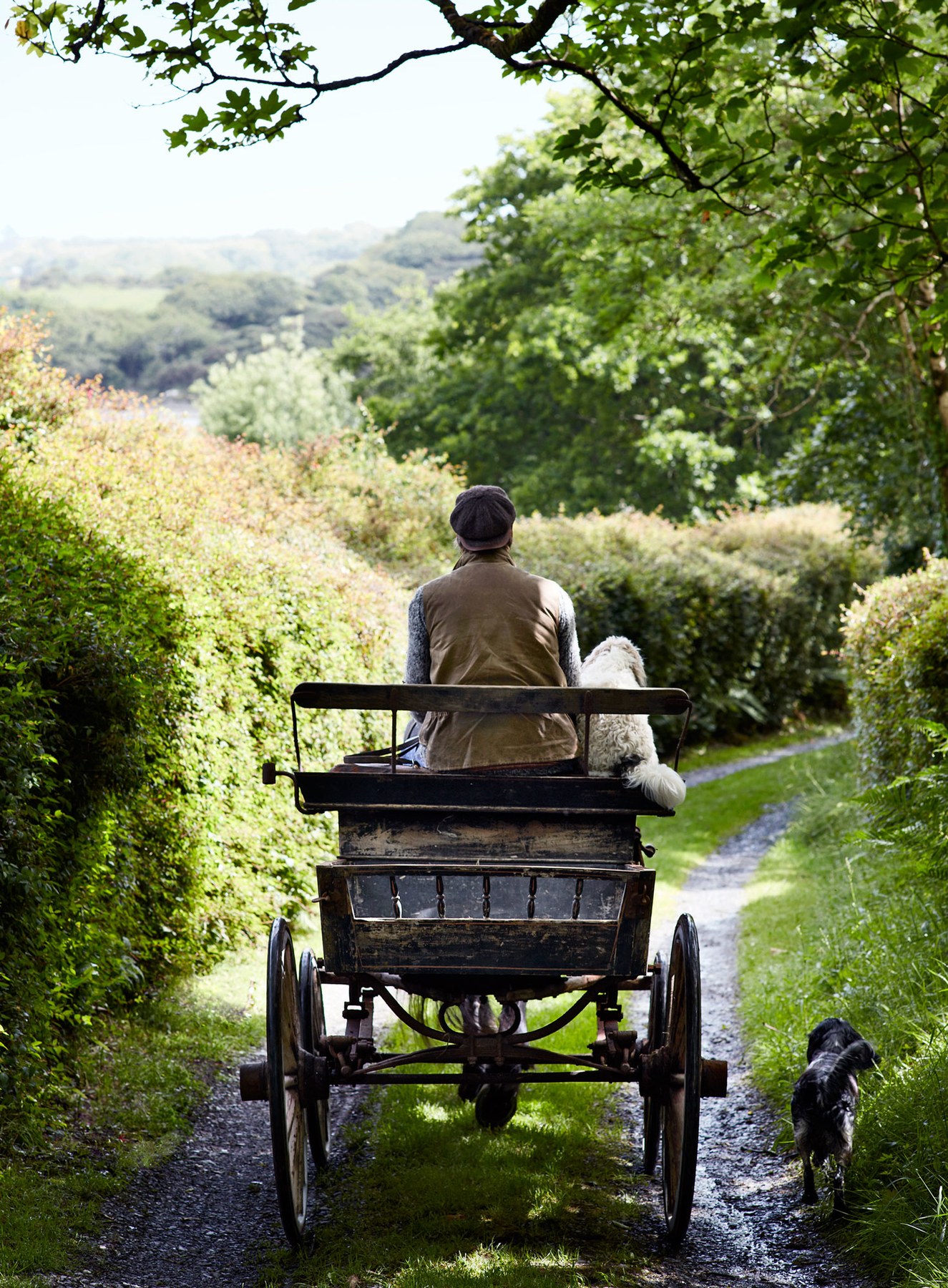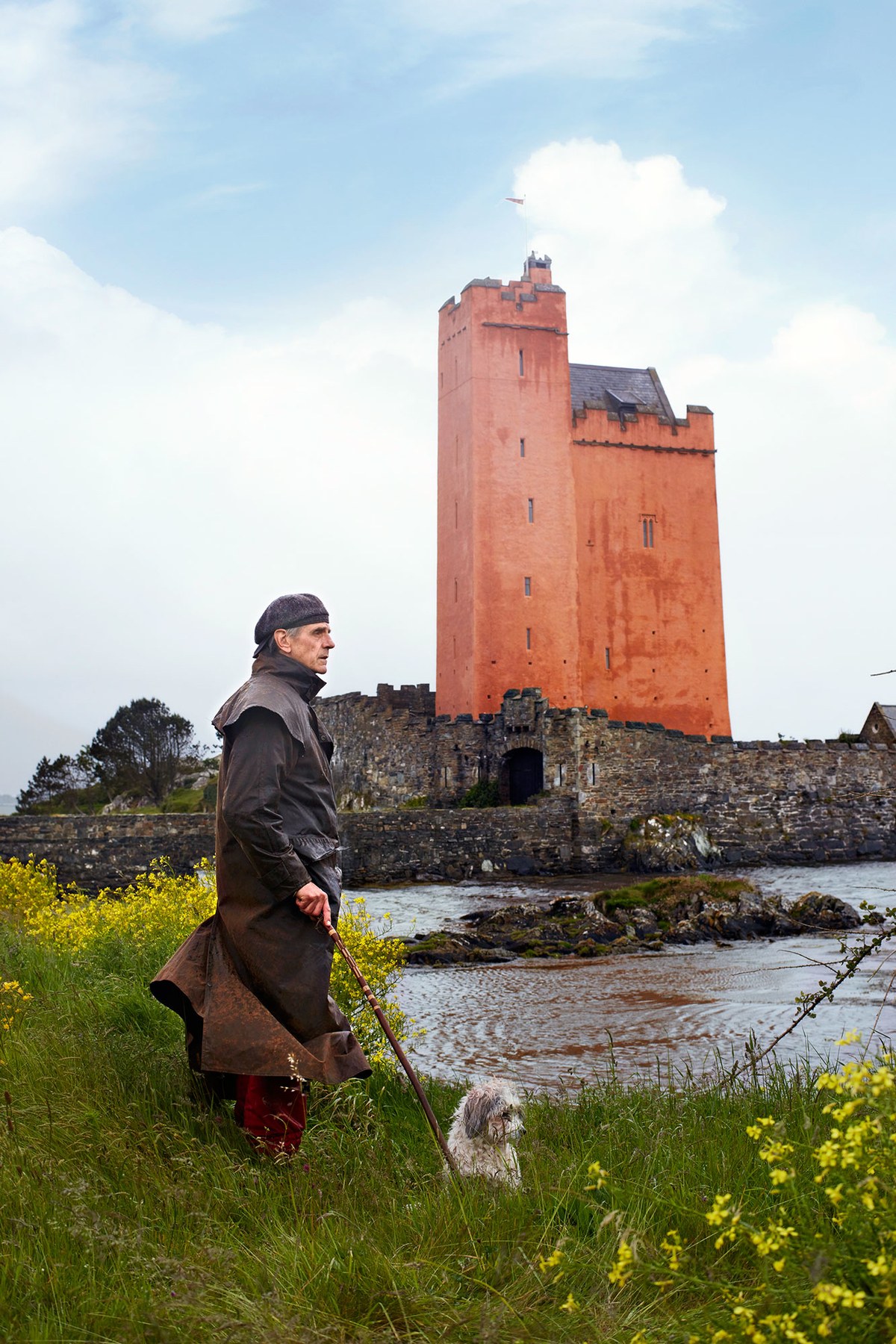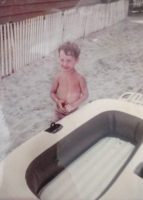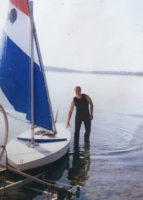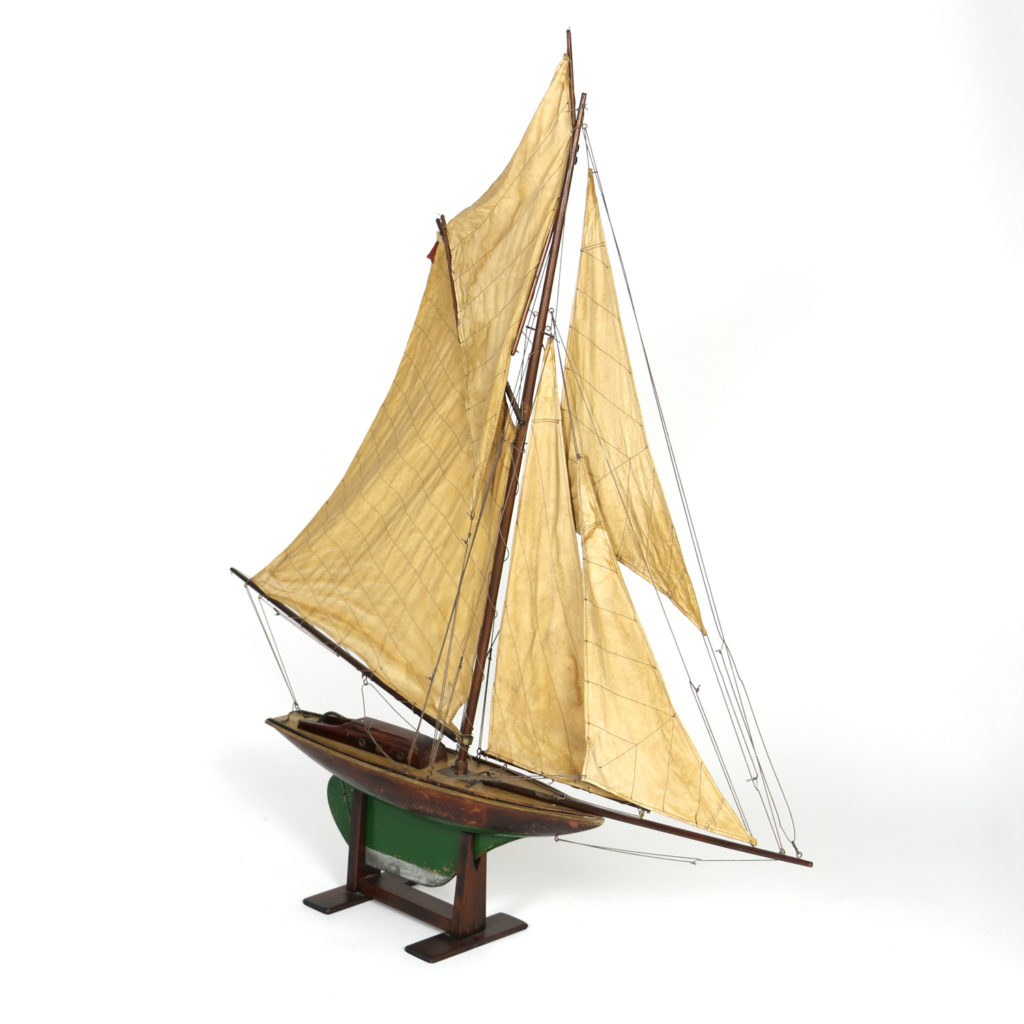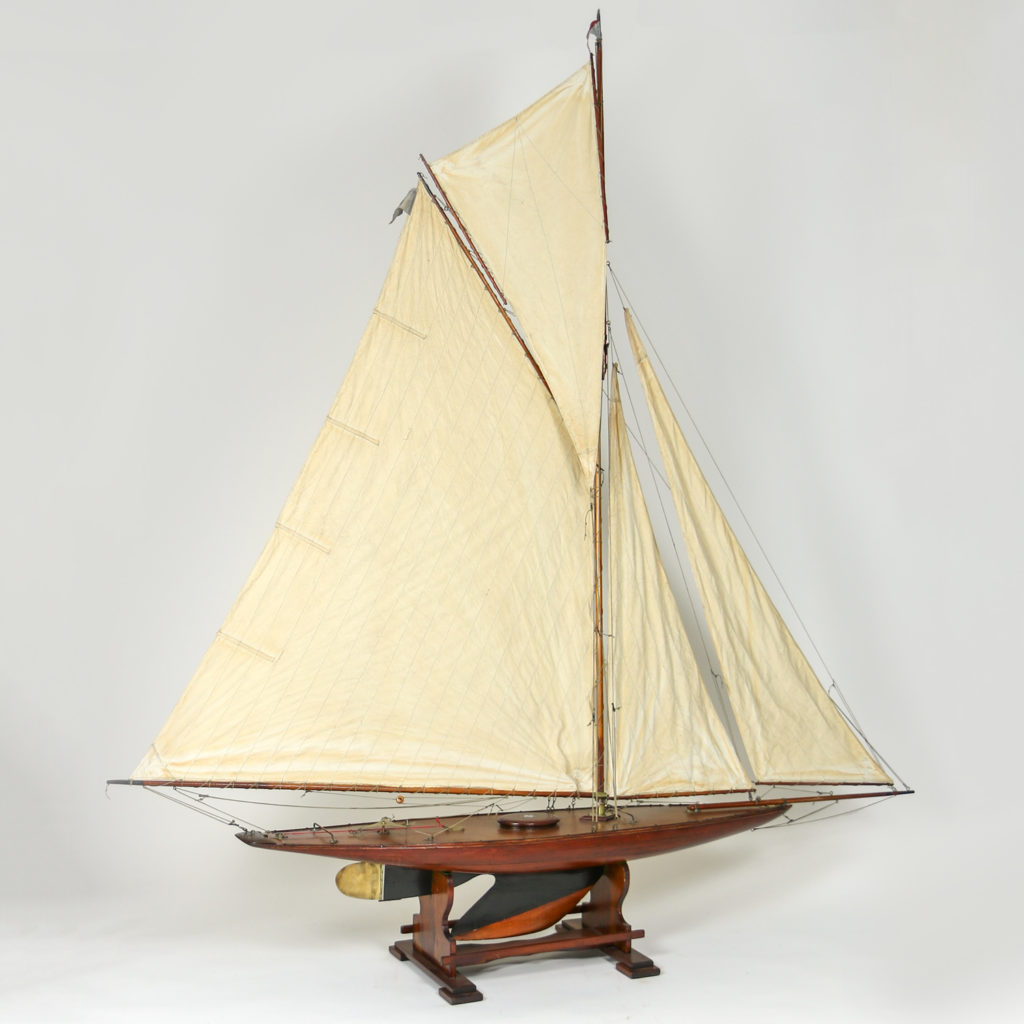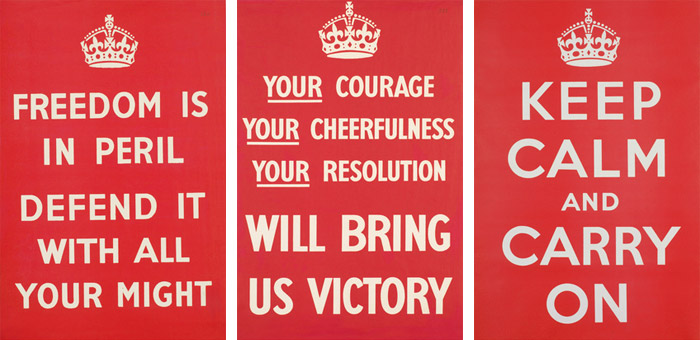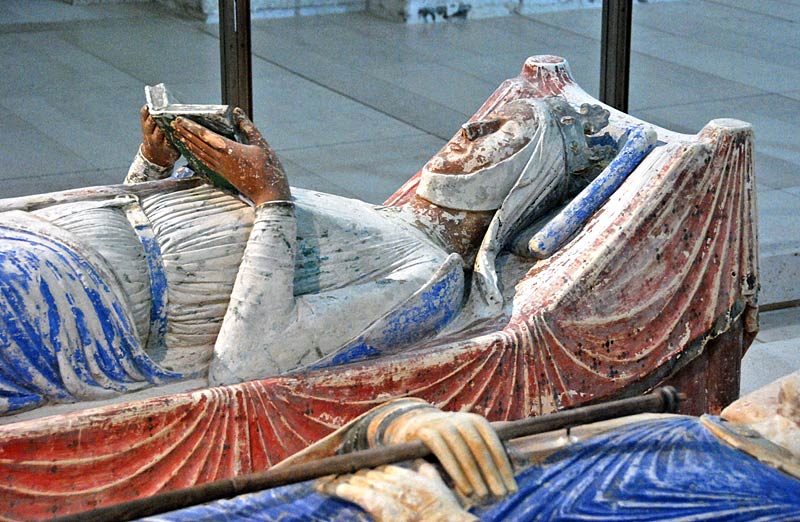Straw Work
(excerpted from Antique boxes, tea caddies, & society 1700-1880 Antiqone Clarke & Joseph O’Kelly, copyright © 2003)
Straw marquetry is usually referred to as Napoleonic prisoner of war work. The reason for this is that most pieces available today were made in England in prisoner of war camps and prison ships between 1793 and 1815. Dartmoor and Norman Cross were two of the chief centers, but such prisons were scattered throughout England with some the work dating back to 1756.
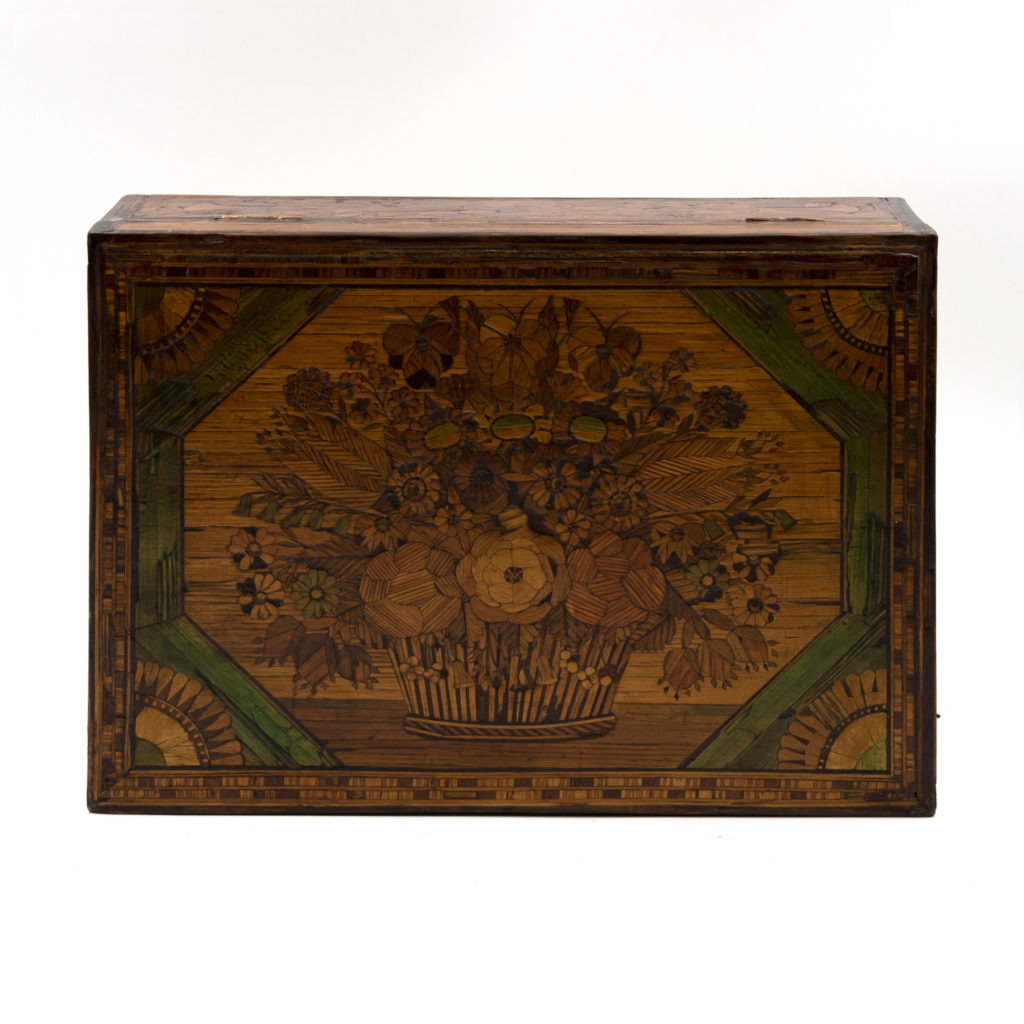
Considering the living conditions in such camps and ship hulks, this extraordinarily beautiful work is a celebration of the human spirit over adversity. The technical expertise and the design sense displayed on many pieces are remarkable. Furthermore, the sensitivity of composition, color, and use of material on the best work is breathtaking. The humble materials in the hands of people brought low by circumstances were transformed into treasures reflecting a world of imagination and culture. It is as if the prisoners’ intellects soared while their bodies were confined.
The prisoners sold their wares in the prison markets, where they had the opportunity to interact with the world outside and earn some money towards their keep. Work was sometimes directly commissioned, with the patron providing some of the more specialized materials, such as dyes. There are traditional recipes using chemicals and natural processes and materials for dying straw, as well as theories as to when the straw should be gathered and how it should be kept. However, by the end of the eighteenth century and in prison circumstances, the dying was done by more direct methods.
The prisoners, who were French or Dutch, brought the knowledge of straw work with them. Straw work had been practiced in many parts of the Far East and Europe for centuries.
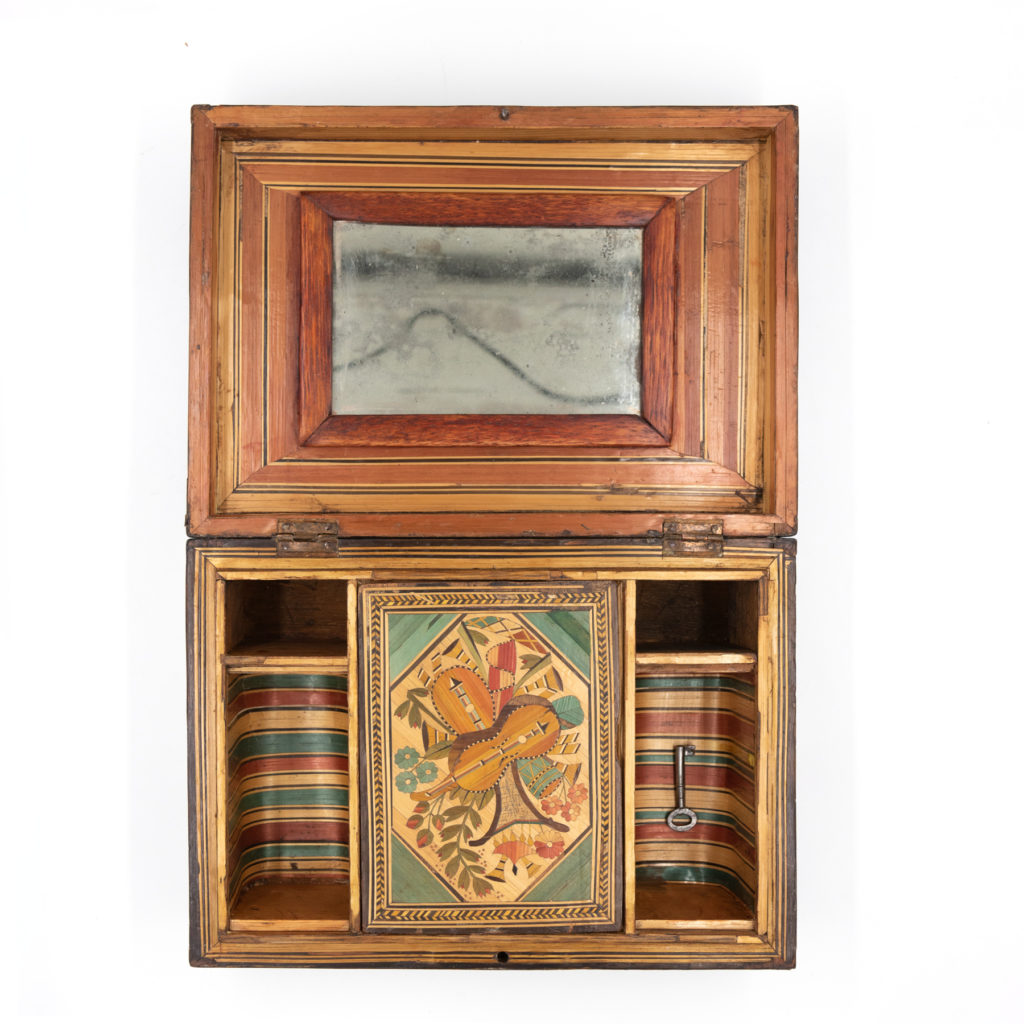
The technique of straw marquetry appears to be more or less universal. Basically the straw was split, flattened, sometimes bleached and dyed, and then glued onto the wood, or first on paper which was then glued onto the object. Care had to be taken in the application of appropriate pressure to insure the adhesion and flatness of the delicate material. Blotting paper was used to absorb the extra moisture from the glue. Sometimes geometric shapes such as herringbone, lines, chequered squares, and other designs were cutout of long strips of straw that were first glued on paper. For example, lines cut diagonally could give long lengths of sharply defined herringbone designs. These were inspired by traditional tapestry designs, such as the Italian bergamot pattern
The designs on the boxes follow the traditions of other arts. Early boxes on the whole represent scenes typical of period painting and tapestry, framed by designs within contemporary conventions. From the end of the eighteenth century, some boxes follow the neoclassical traditionof arrangement and ornament, although the motifs are often more realistically depicted than in similar wood marquetry. Geometric patterns are also strong within straw work tradition. Sometimes they are used as part of a complex design incorporating representational parts and sometimes as an overall cover for a complete box. Such designs make use of the particular quality of straw, which reflects light according to the way it is arranged. Subtle effects of color and sheen can be achieved by clever juxtaposition of straw following different directions.
After the first two decades of the nineteenth century, straw marquetry became less fashionable. Perhaps the departure of the prisoners meant a ready supply was no longer there. However, if the demand had remained strong, English craftsmen would have continued the work. Instead, as the nineteenth century progressed, the craft continued to decline. It is more likely that the rise of the middle classes and the demand for goods which looked more “manufactured” spelt the end of this fine craft, which allowed for more idiosyncratic and at times playful interpretations of the world.
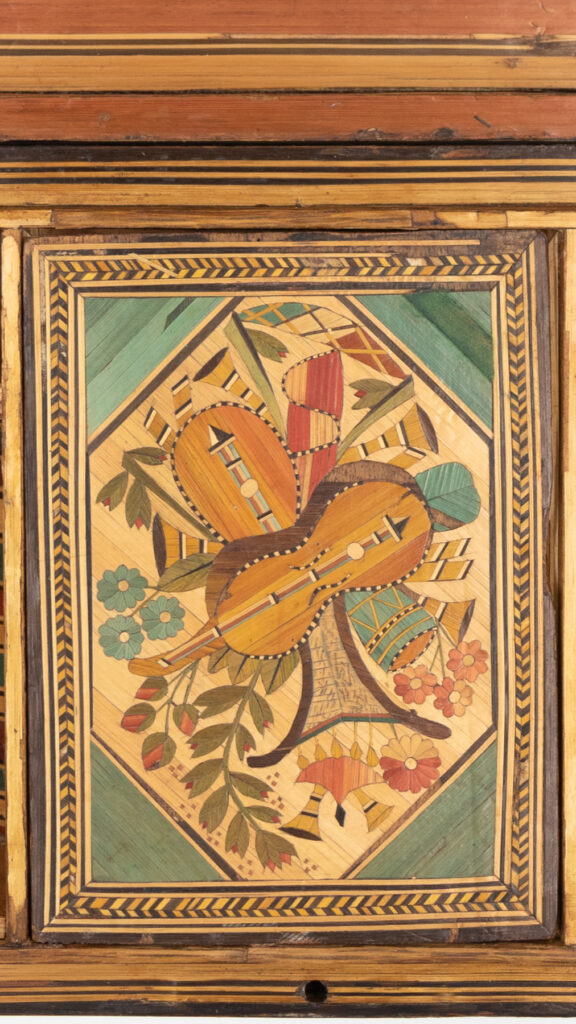
Another factor could have been the cost. A box, or a picture, decorated by prisoners was sold for 20-40 shillings, as much as any quality box was sold for at the time. Free craftsmen could not have competed in a field that needed so much personal time. In spite of presses and mechanical devices for splitting straw, the work still needed skill and hours of exacting work.
For many decades straw work has been neglected. On account of the fragility of the material and the fact that it cannot be refinished, most old pieces show signs of ageing. This has meant that it was only sought after by connoisseurs who had the confidence to display antiques as antiques and not as over restored pieces from centuries past. With the recent advent of the ever more sophisticated collector who demands genuine period pieces, straw work is showing a rapid and sharp increase in price
Exceptional prisoner of war work and early pieces, which are very rare, command considerably higher prices. With scholarship identifying artists and areas of work, these small treasures are fast disappearing into museums and important collections.
excerpted from Antique boxes, tea caddies, & society 1700-1880 (pages 119-125) by Antiqone Clarke & Joseph O’Kelly, copyright © 2003, Published by Schifffer Publishing, Ltd., Altgen, PA

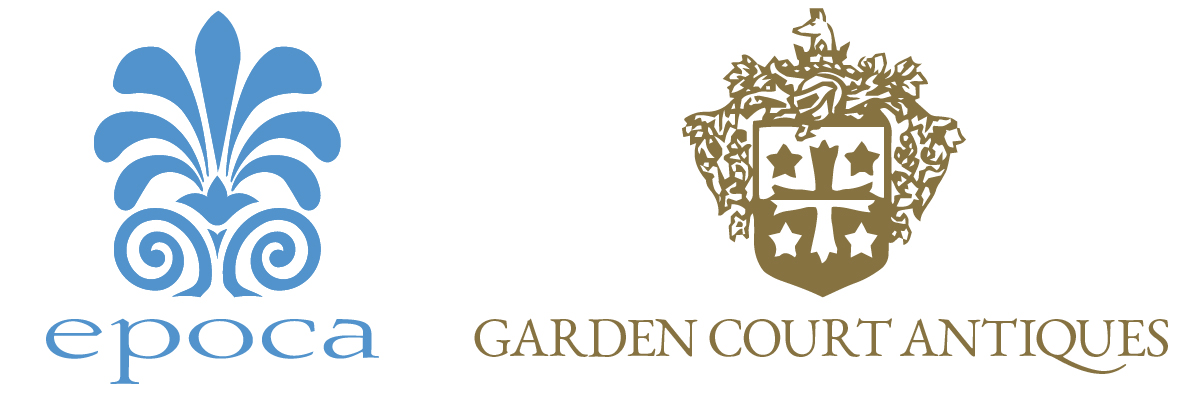
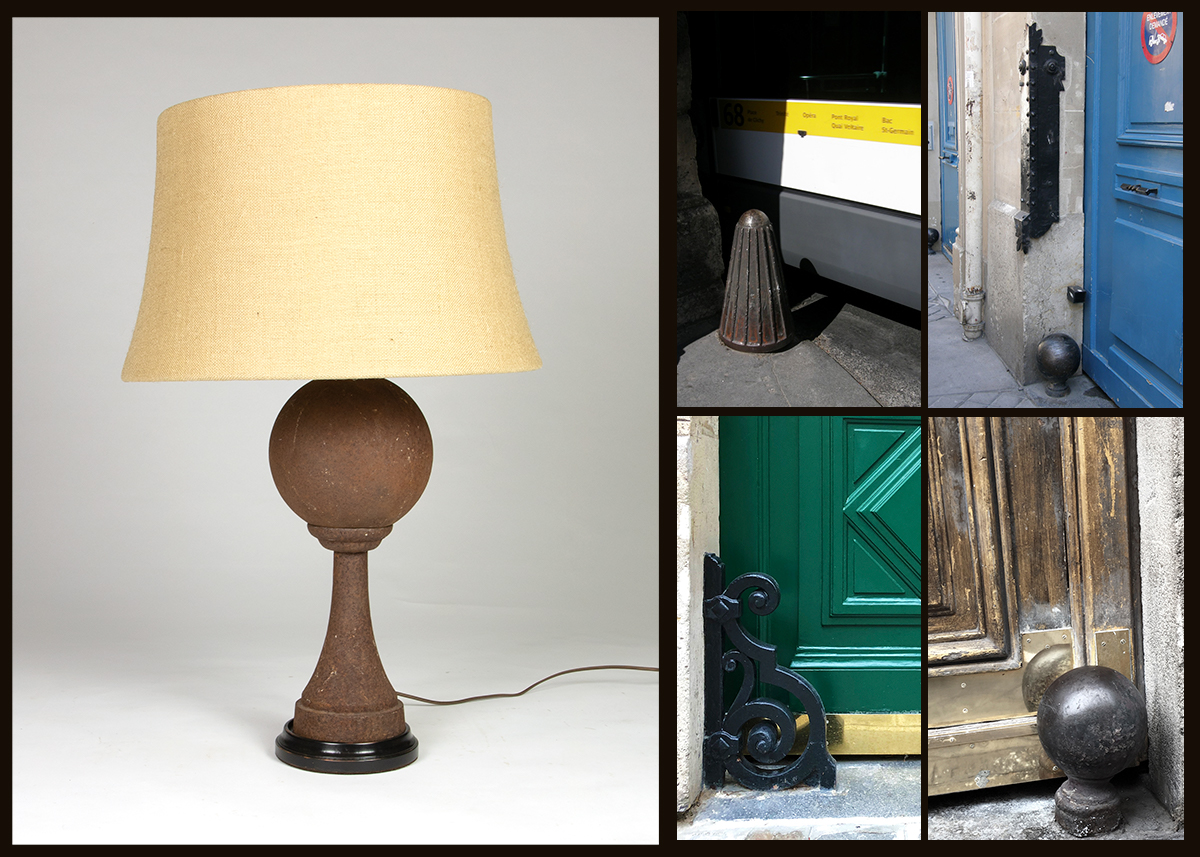

 . They are a historical item of street furniture and some are still in use today.
. They are a historical item of street furniture and some are still in use today. 
